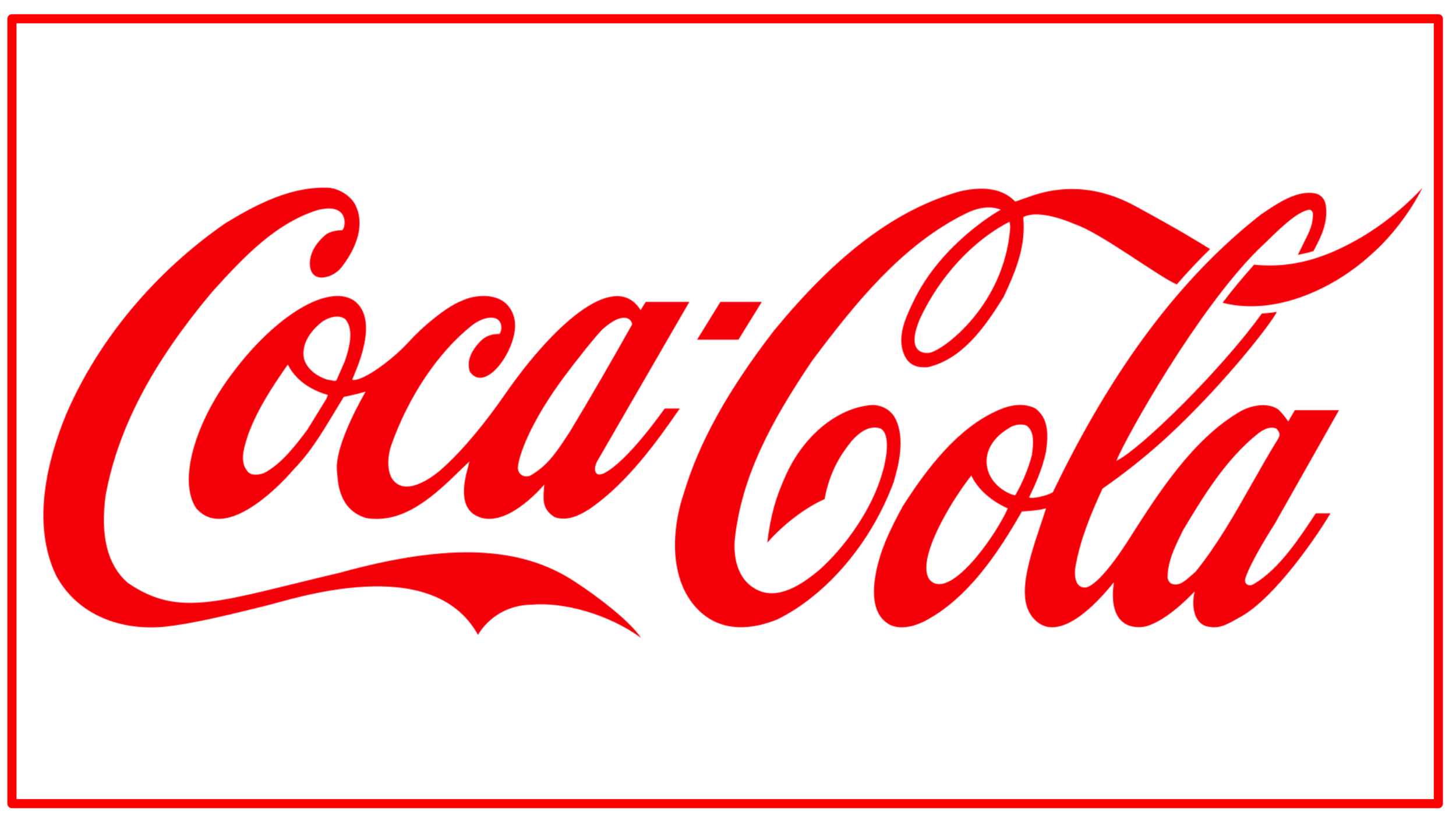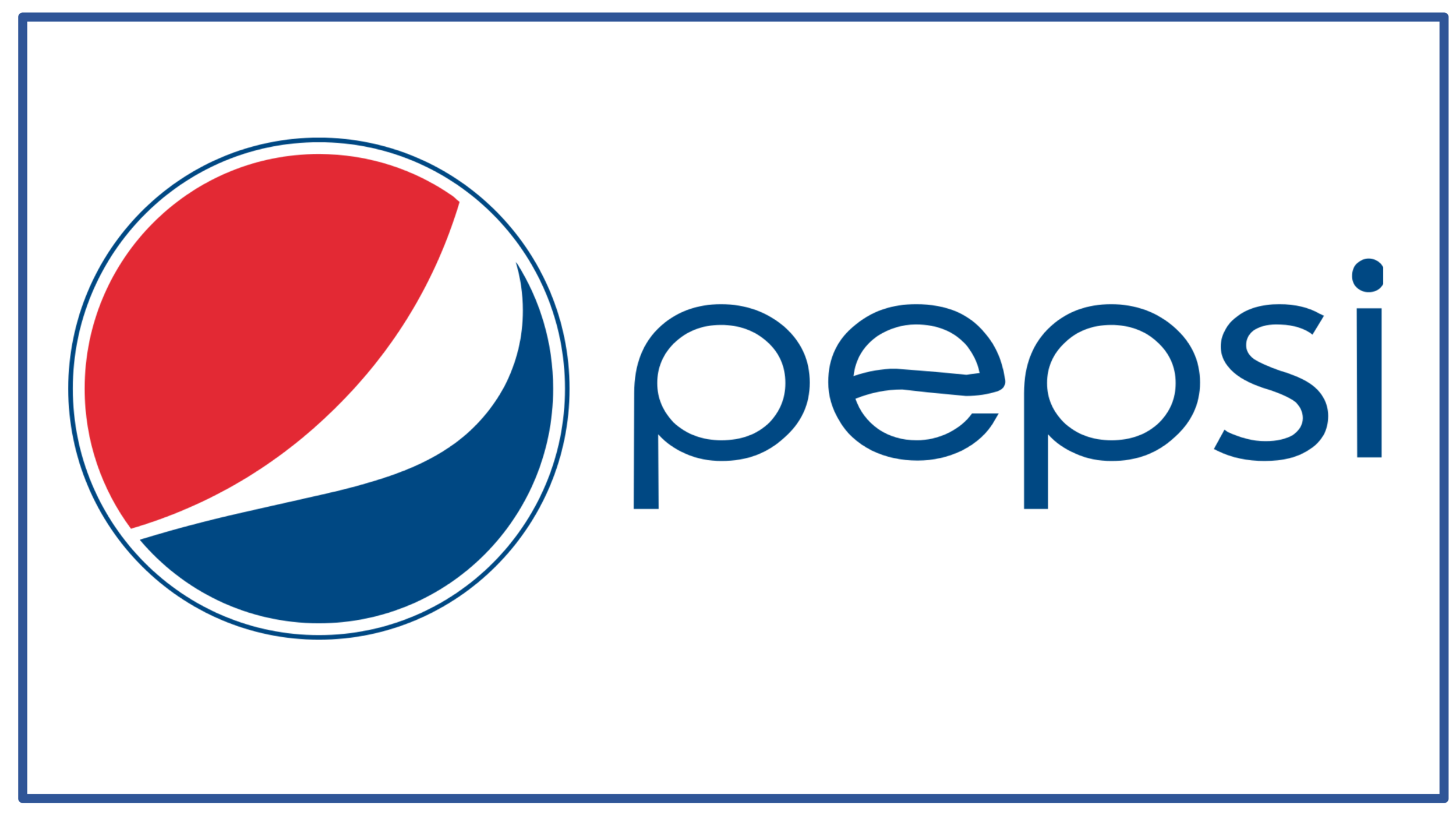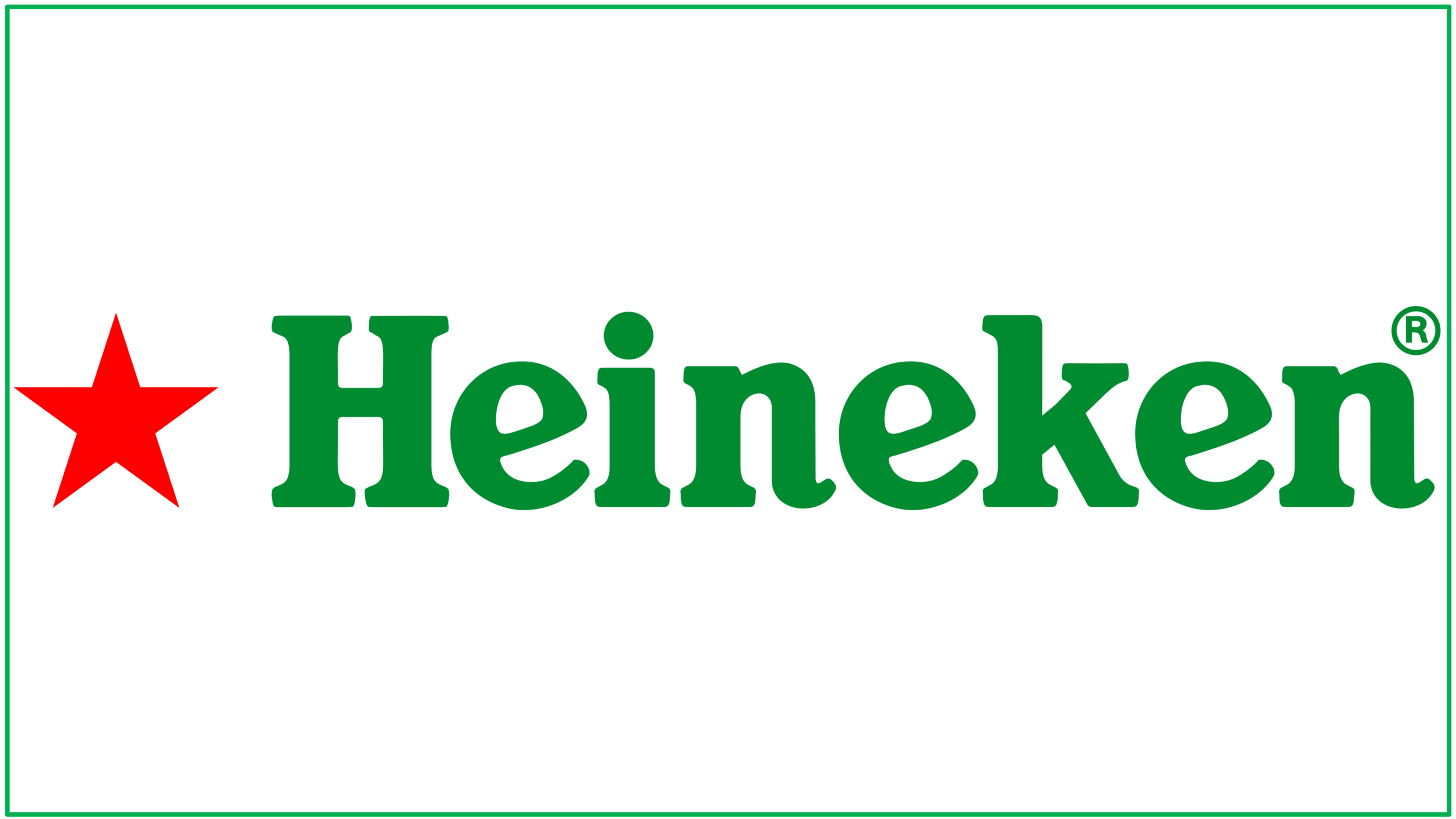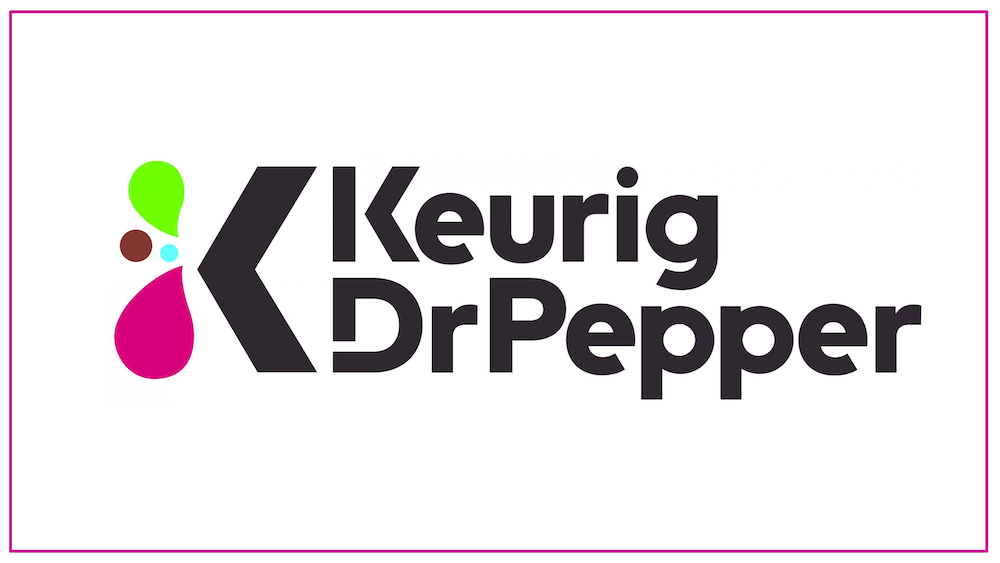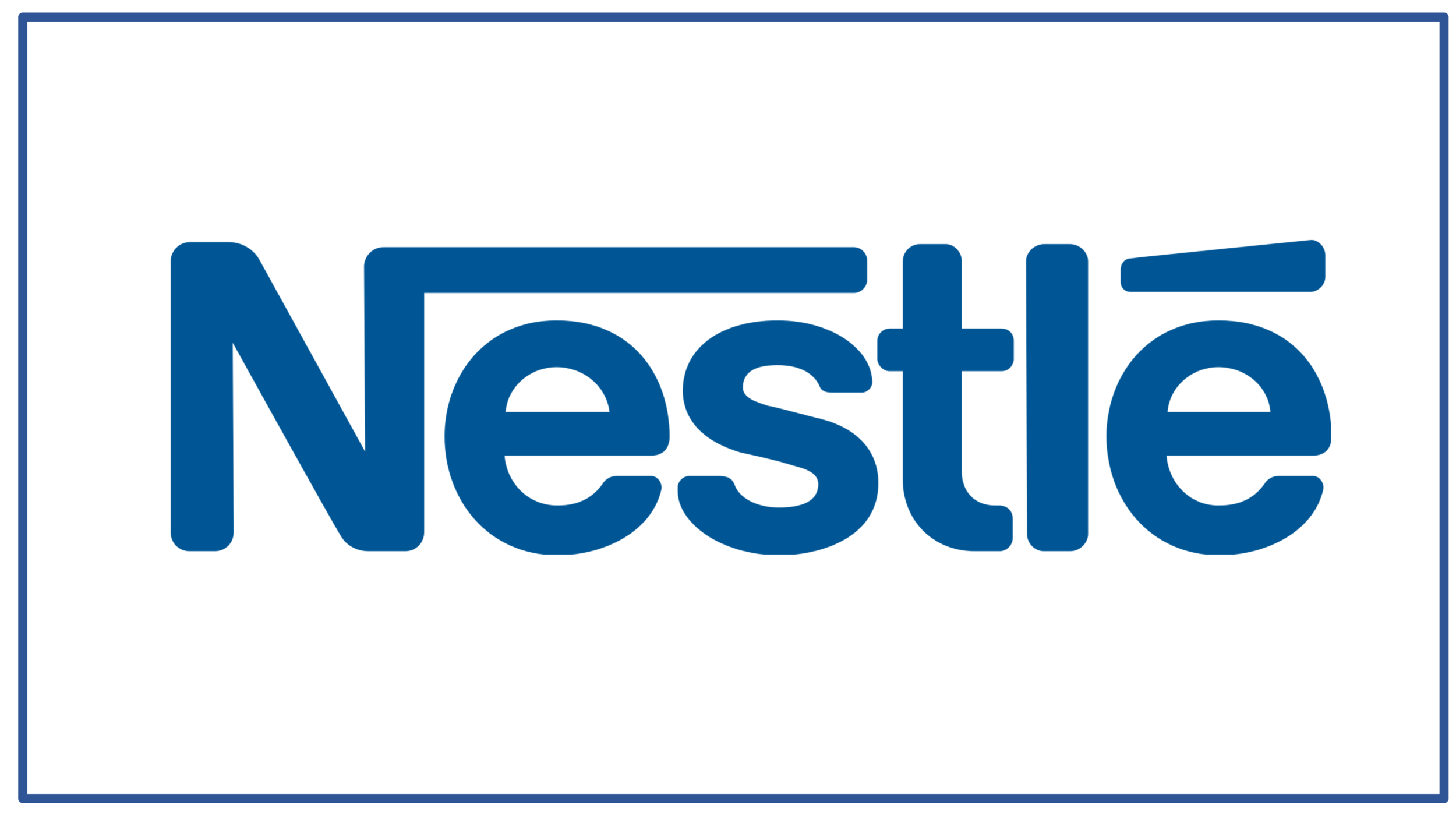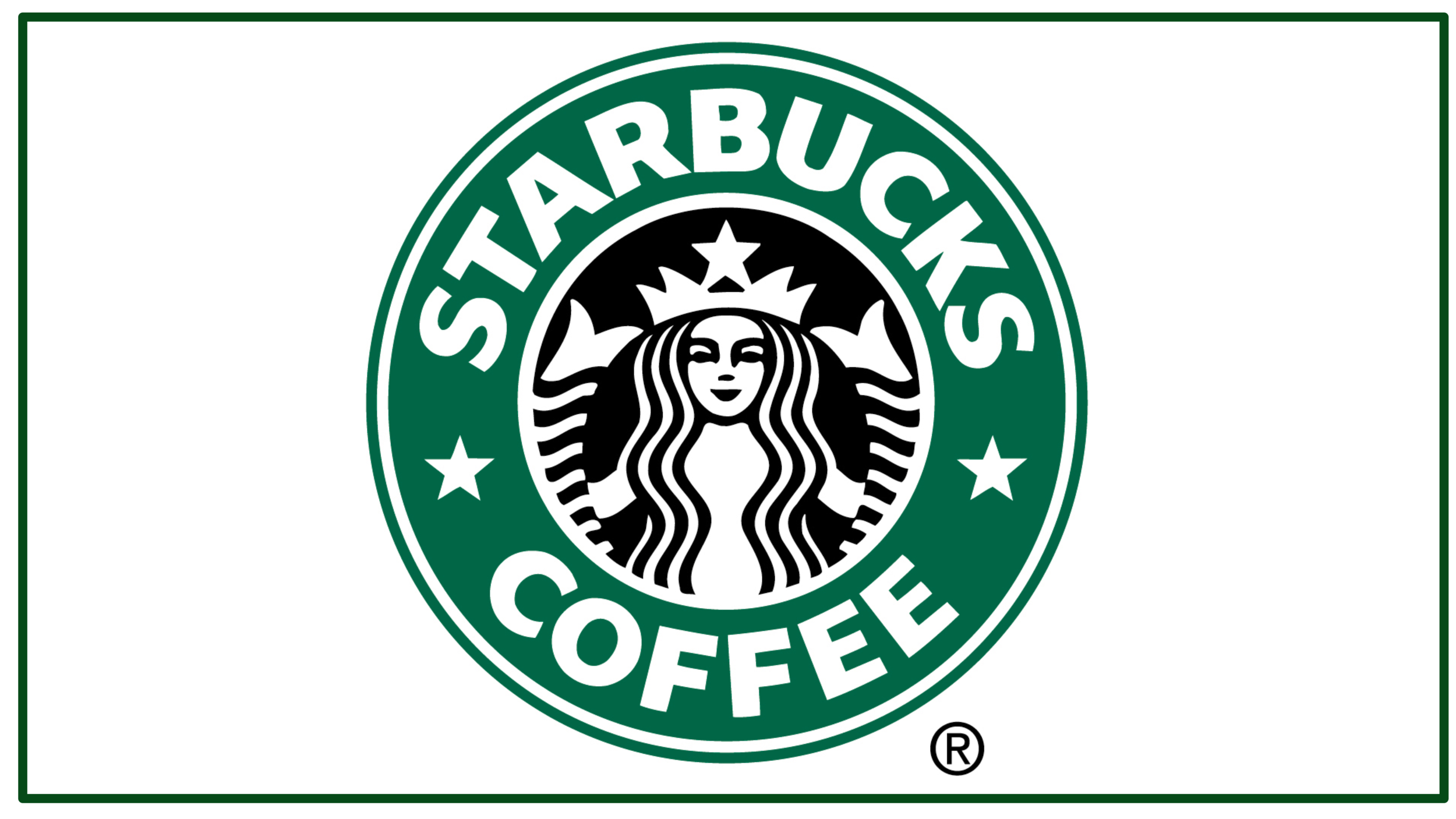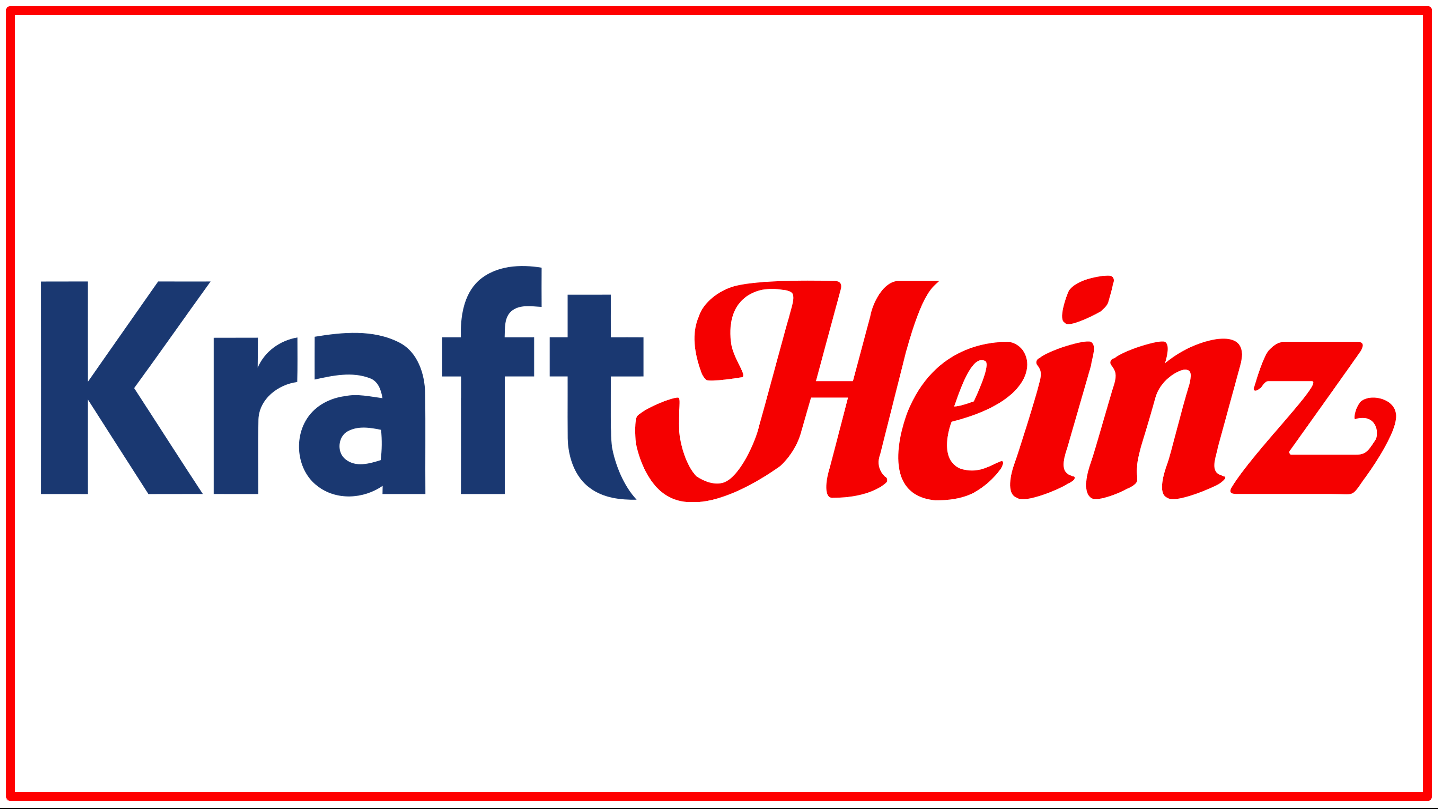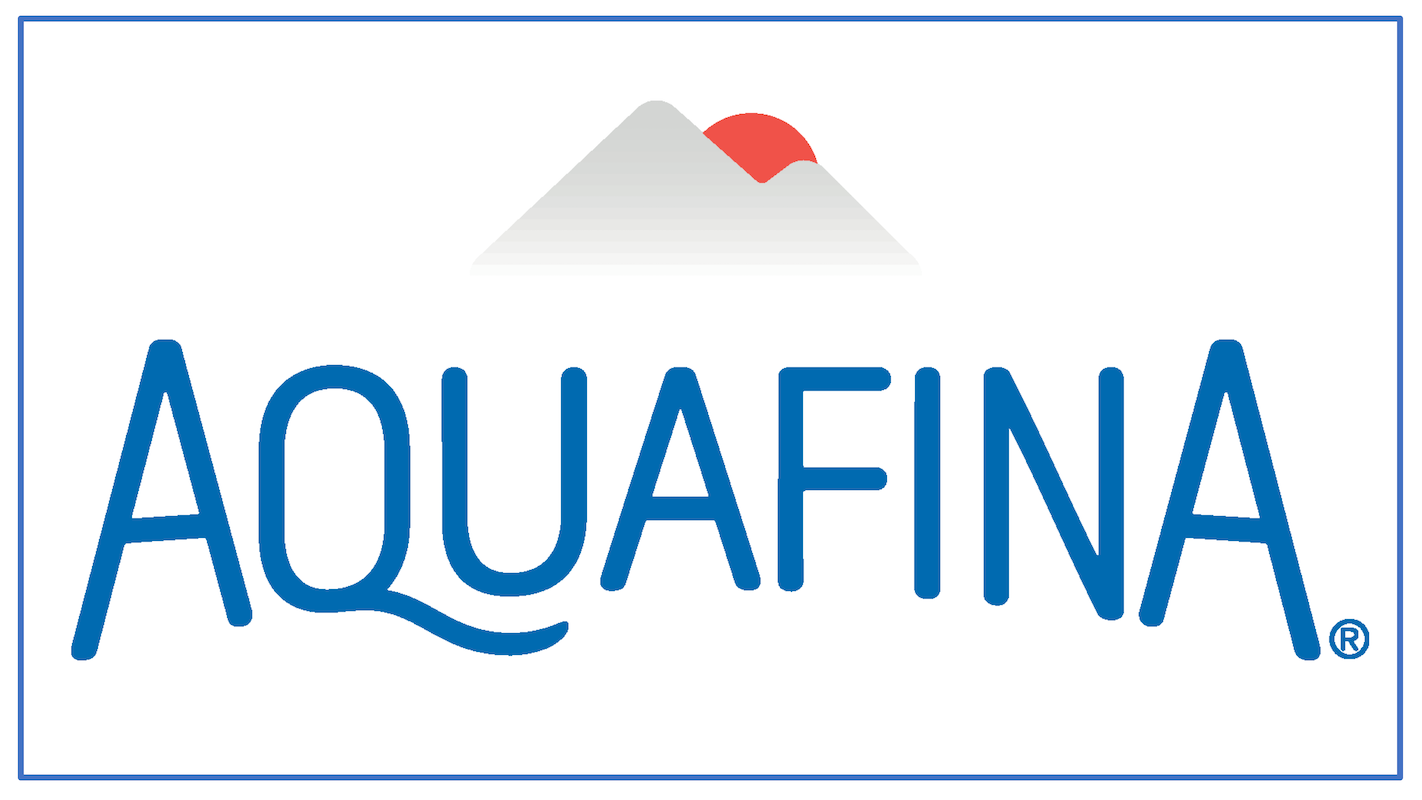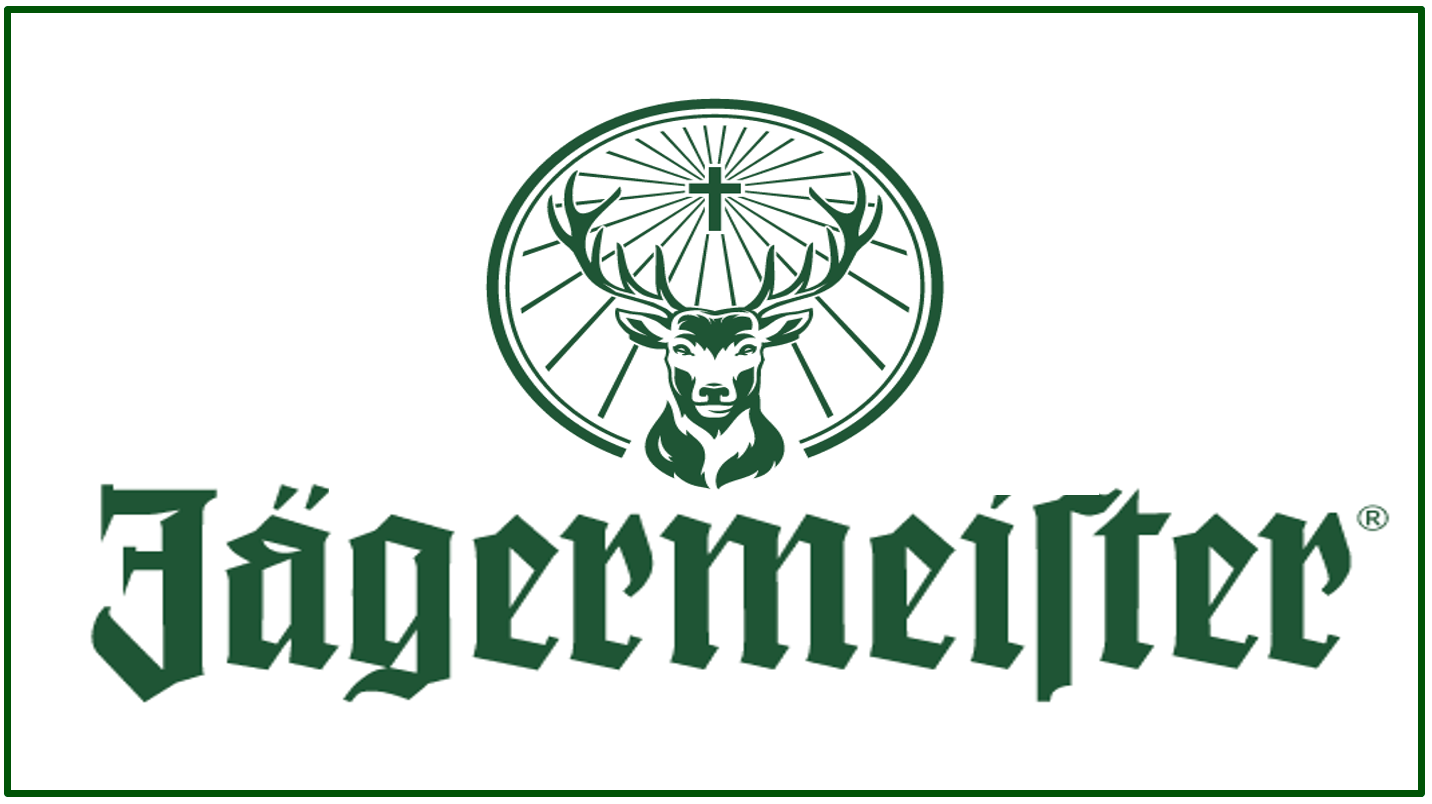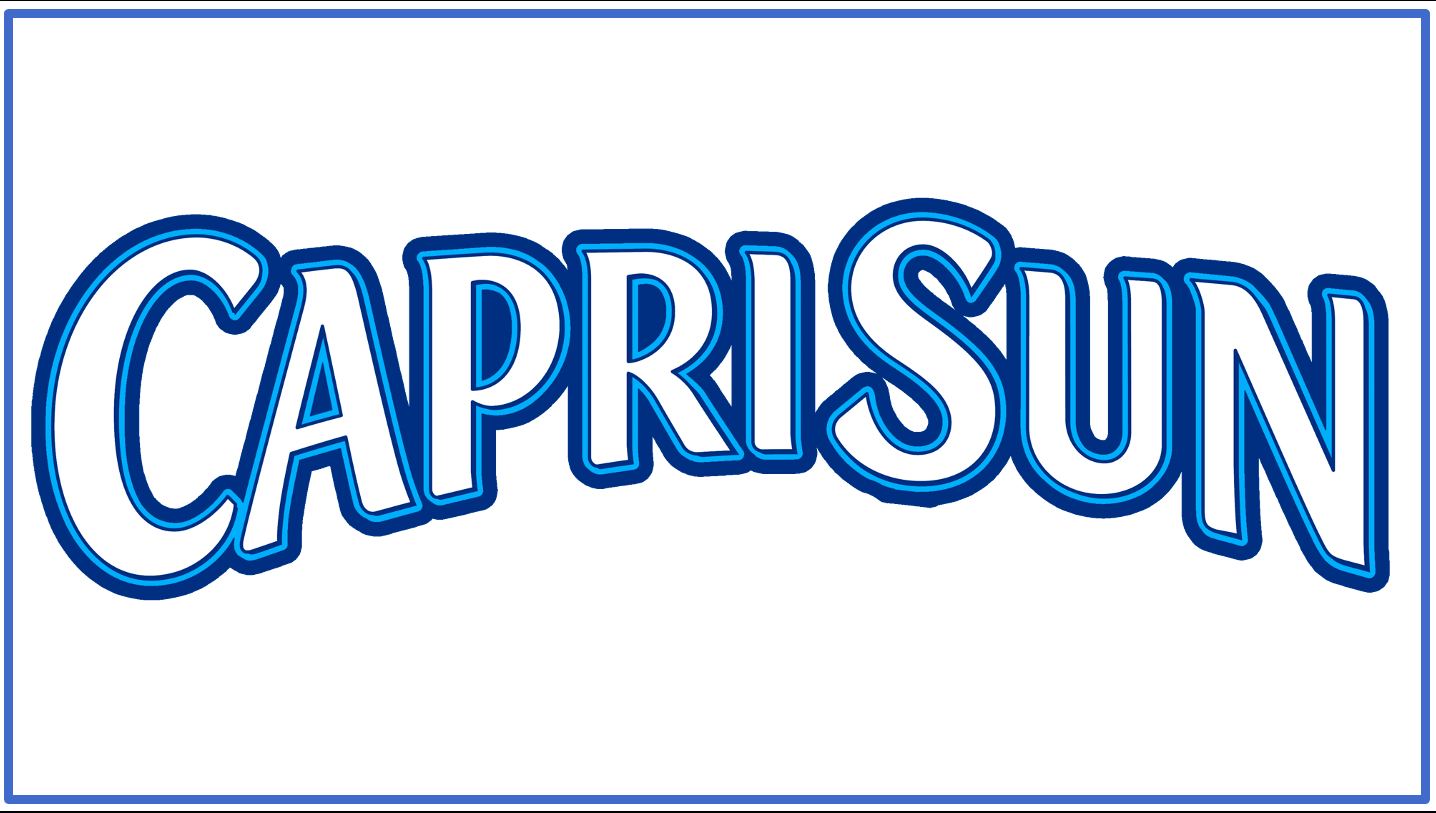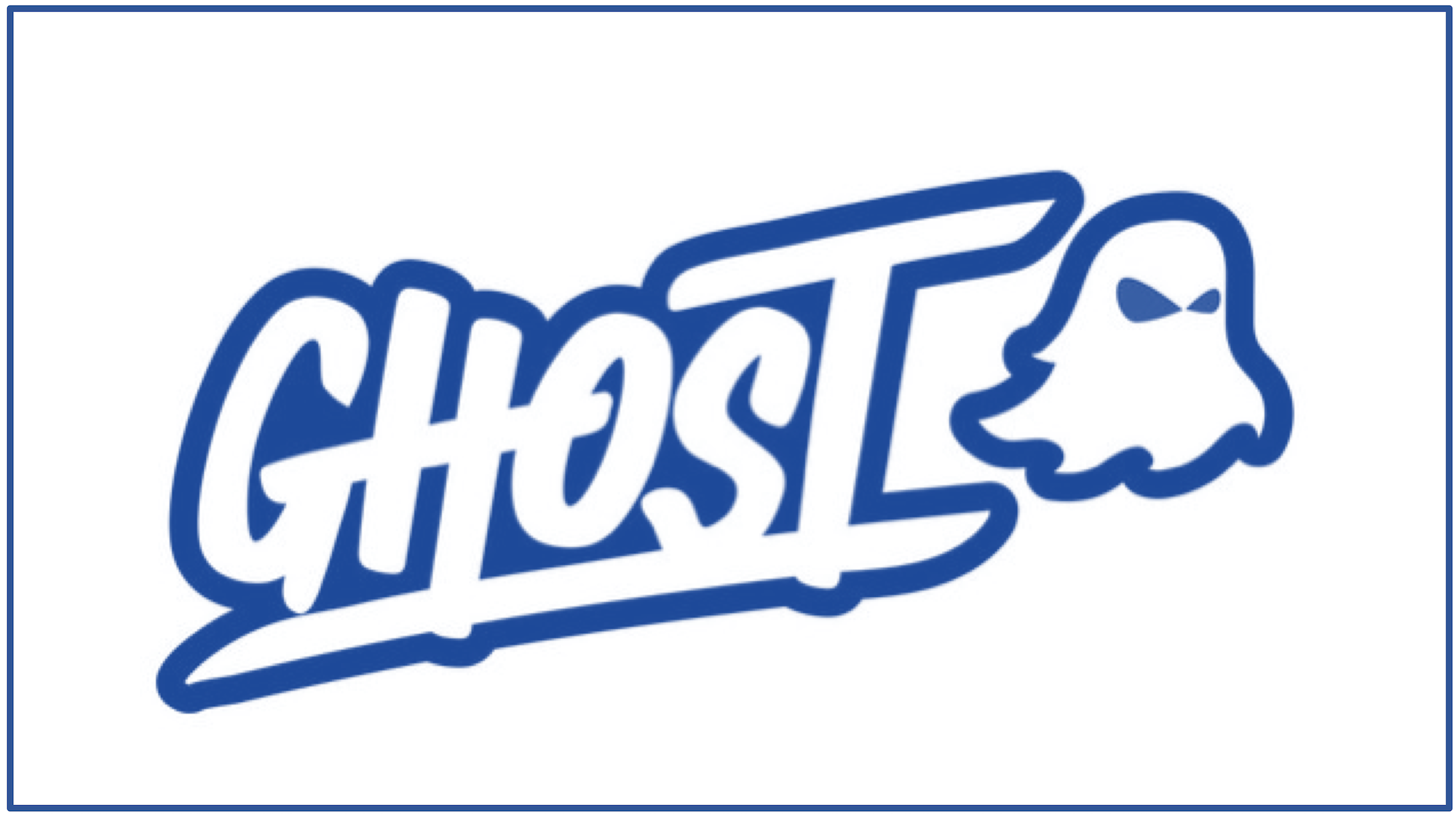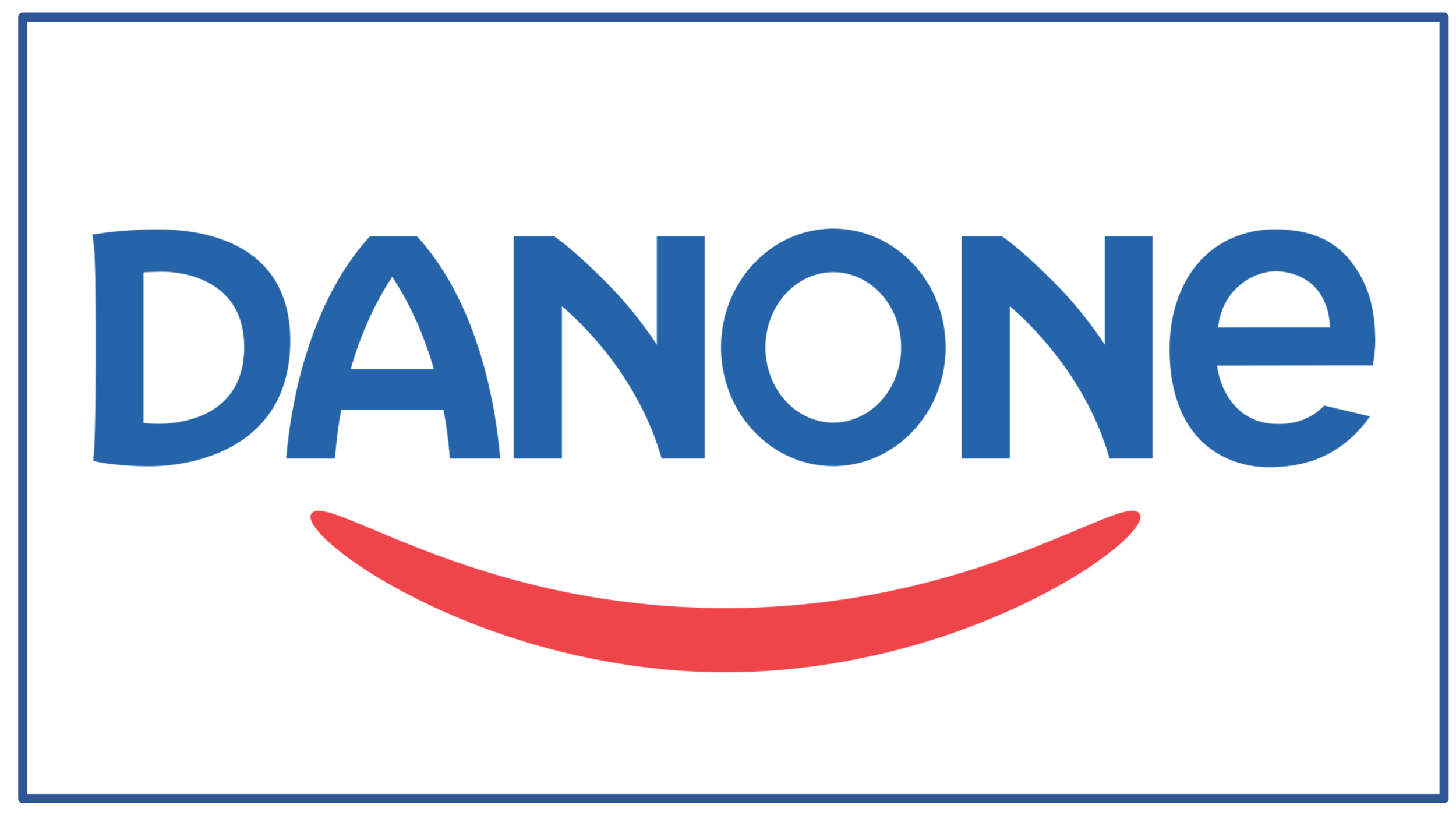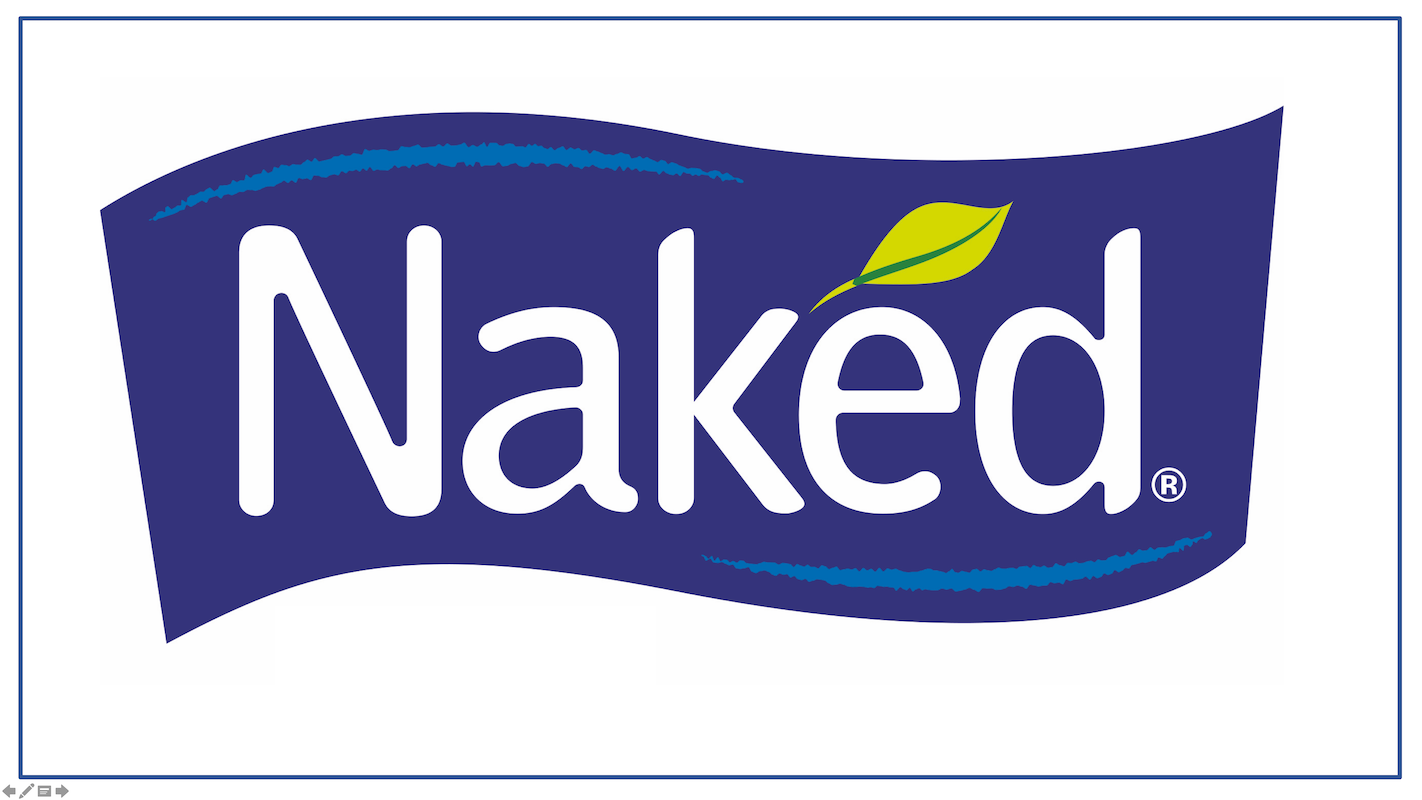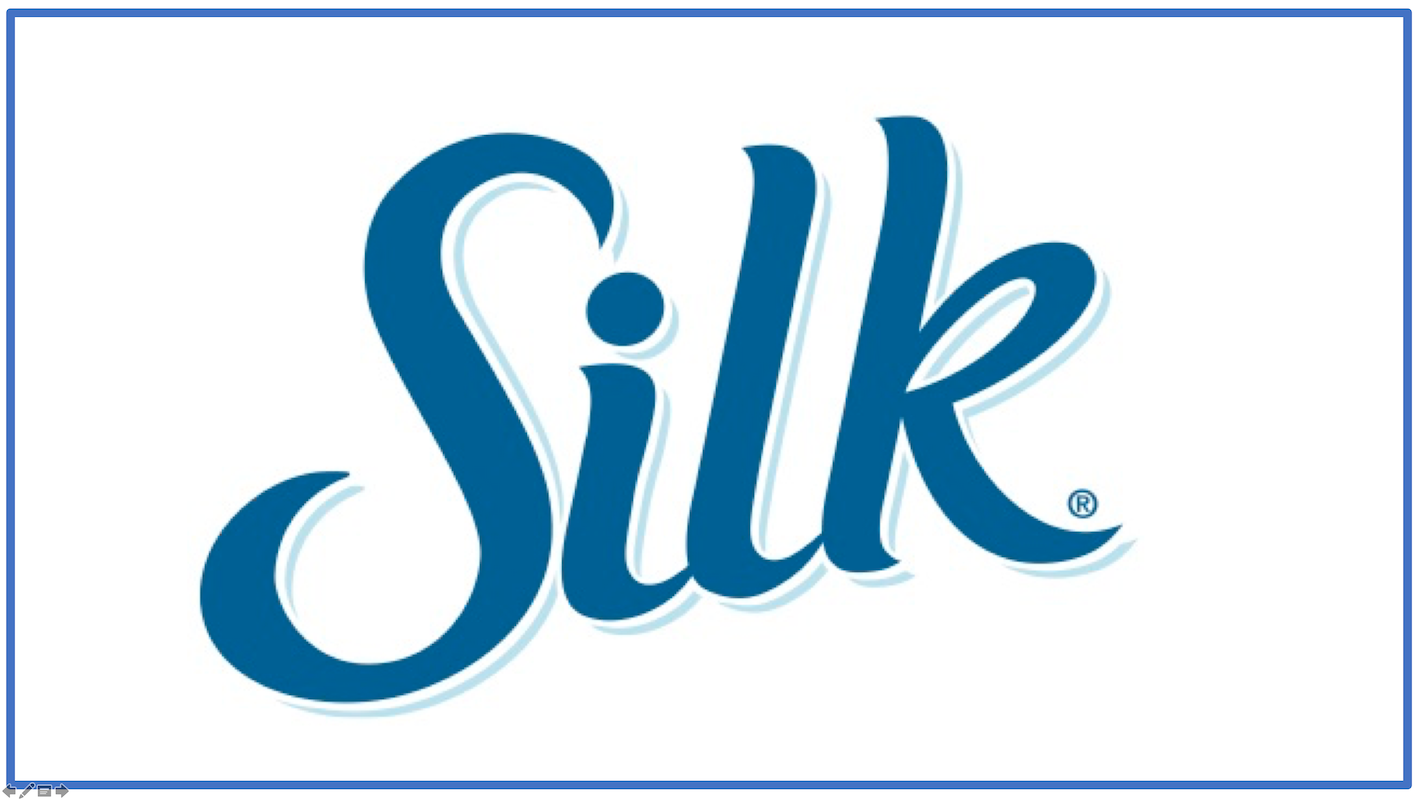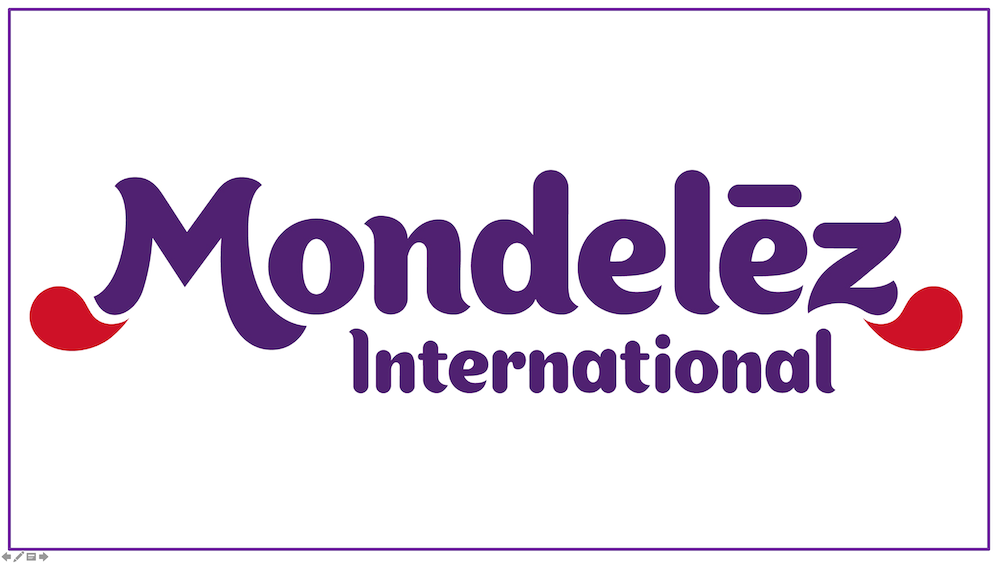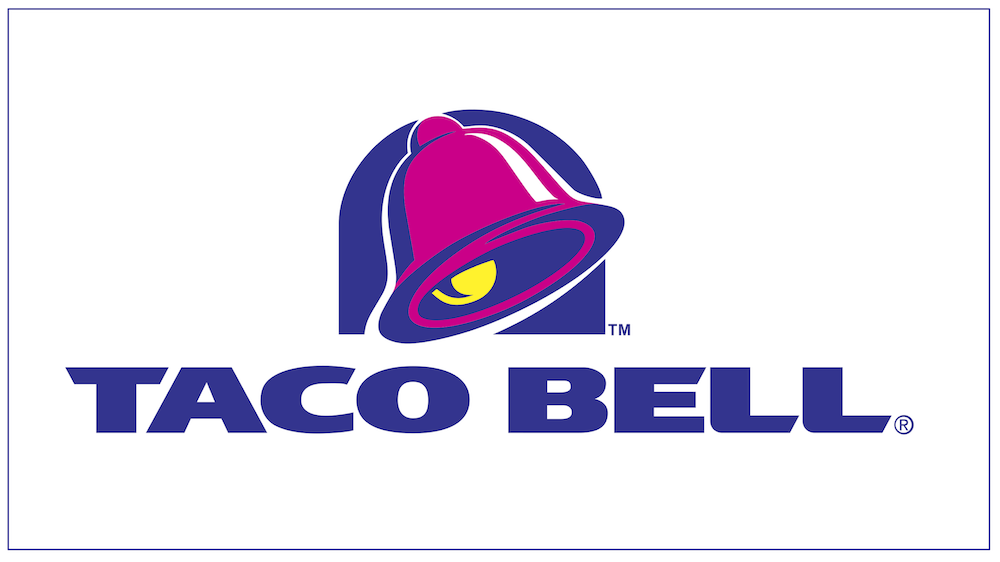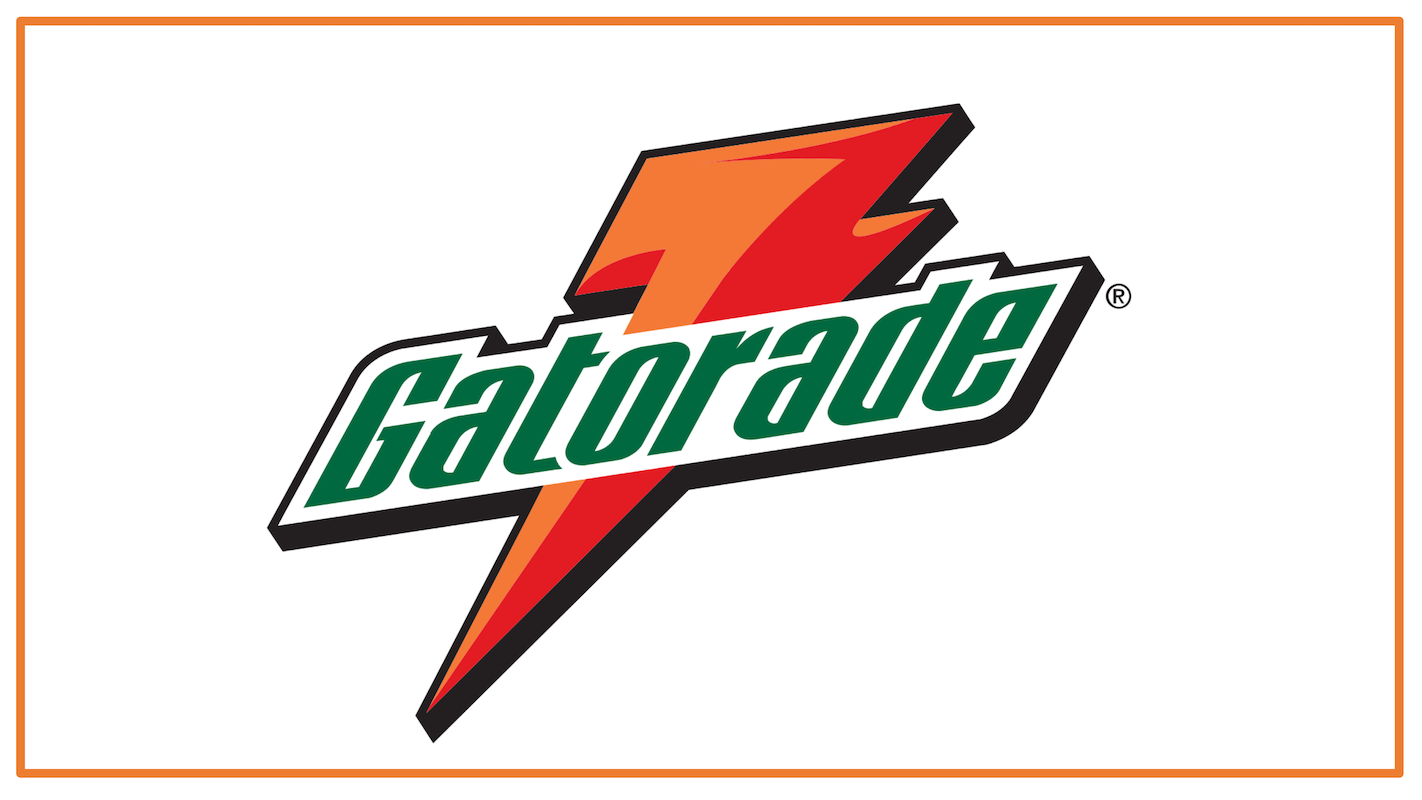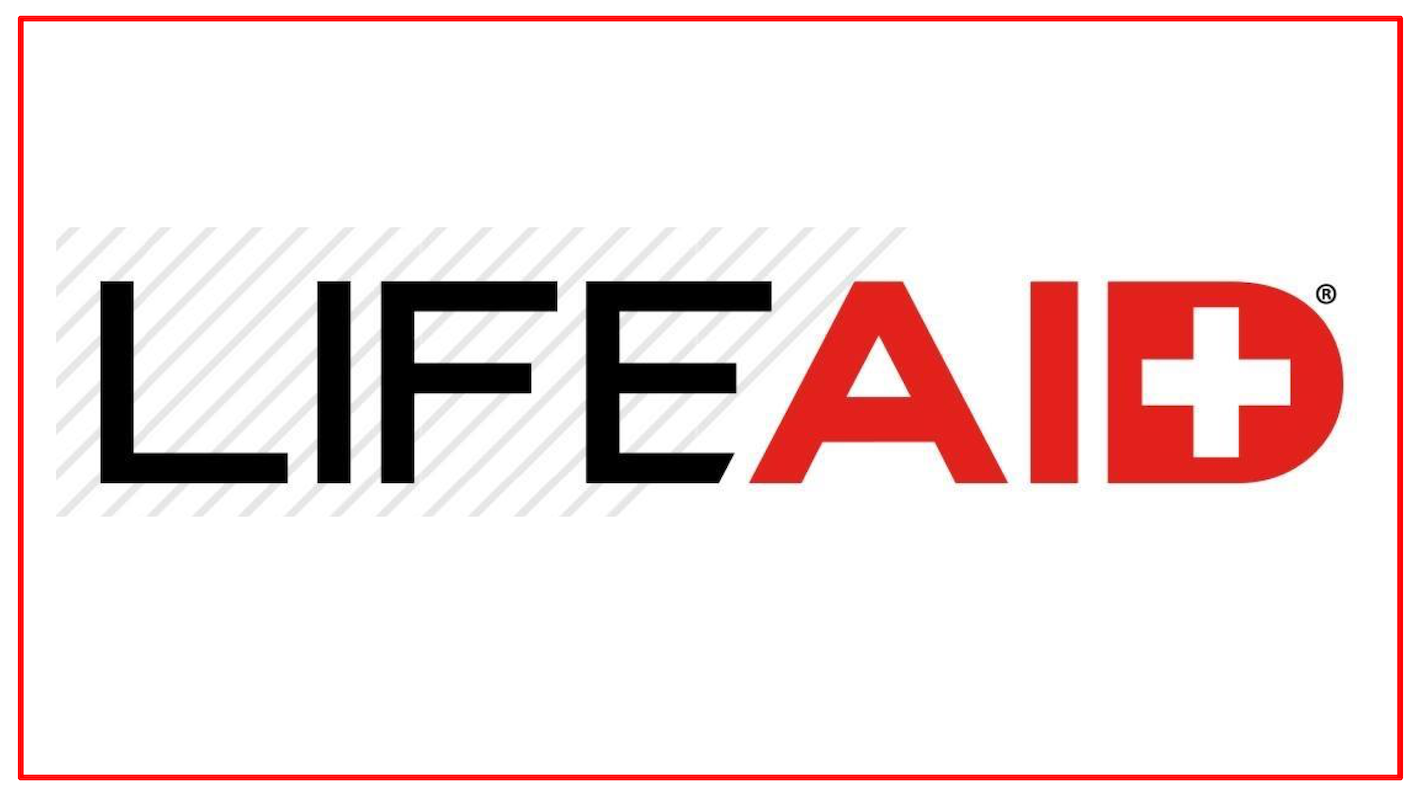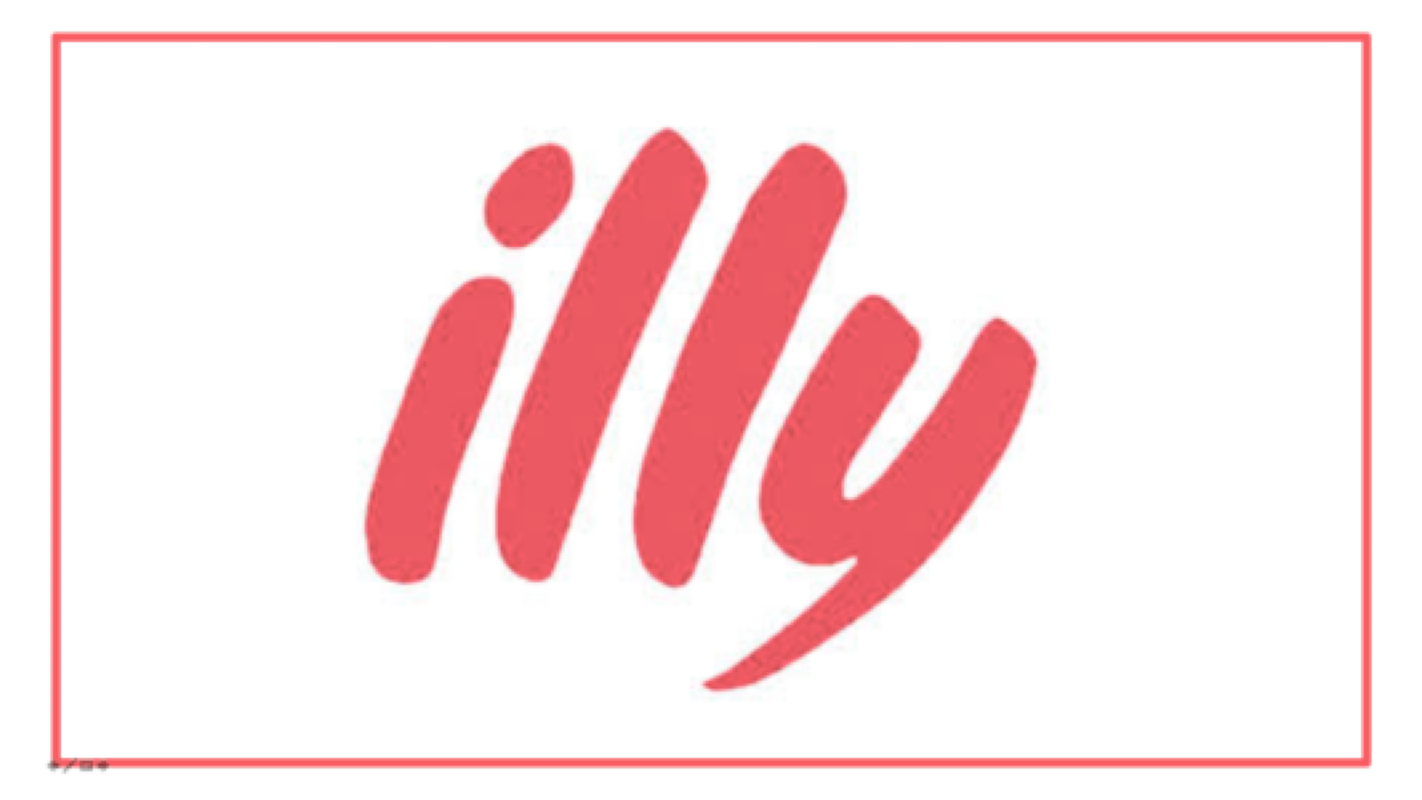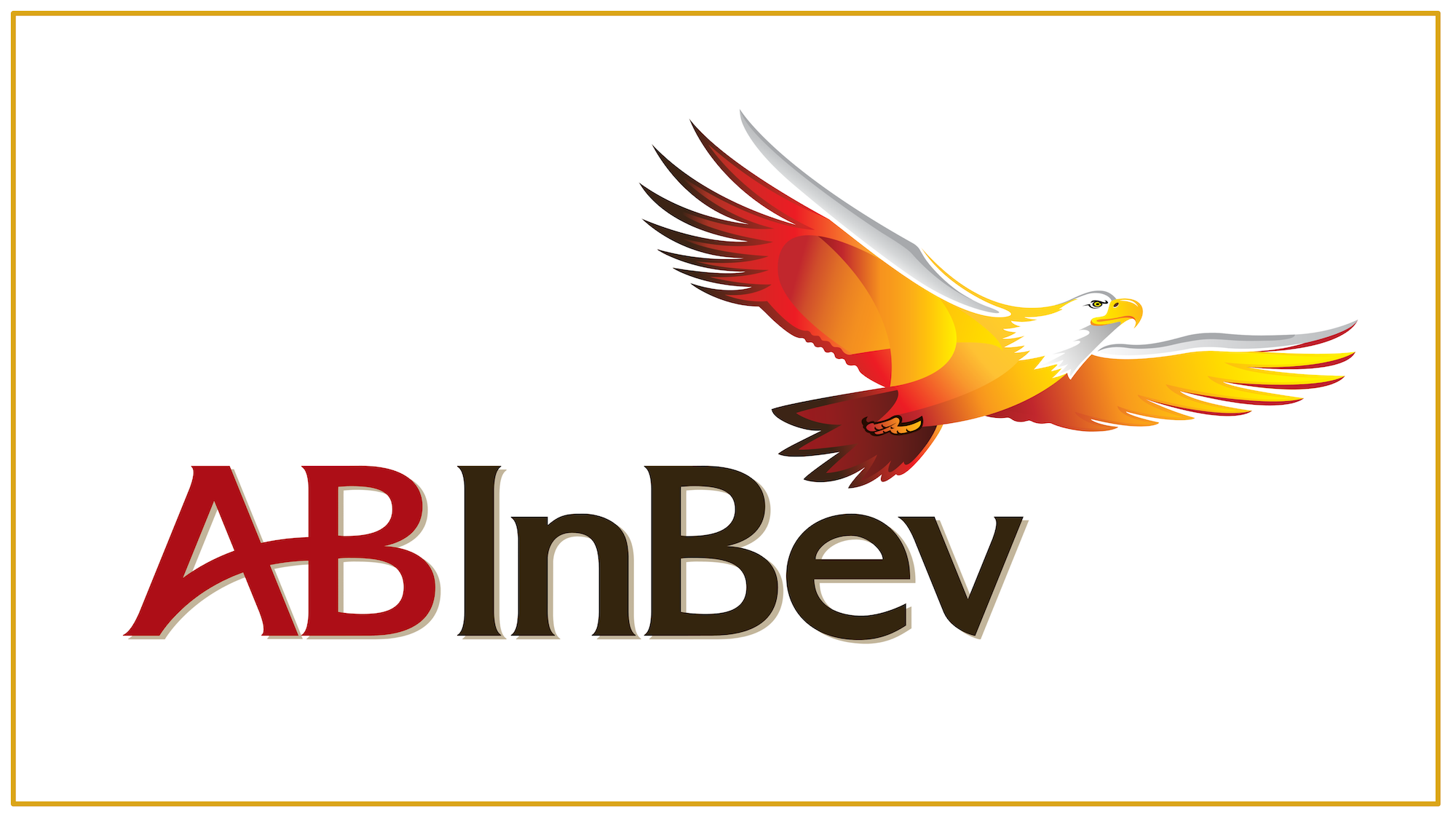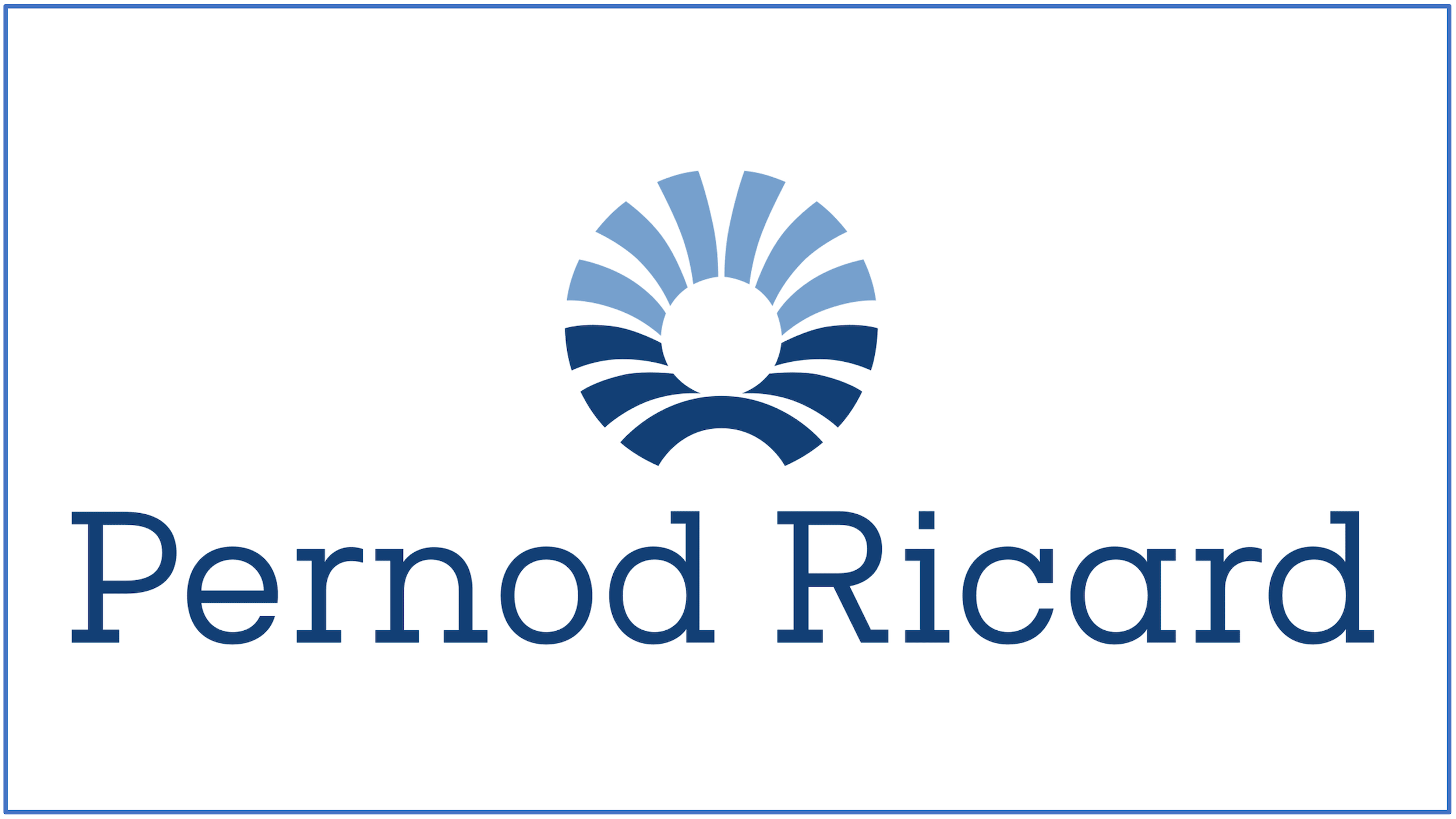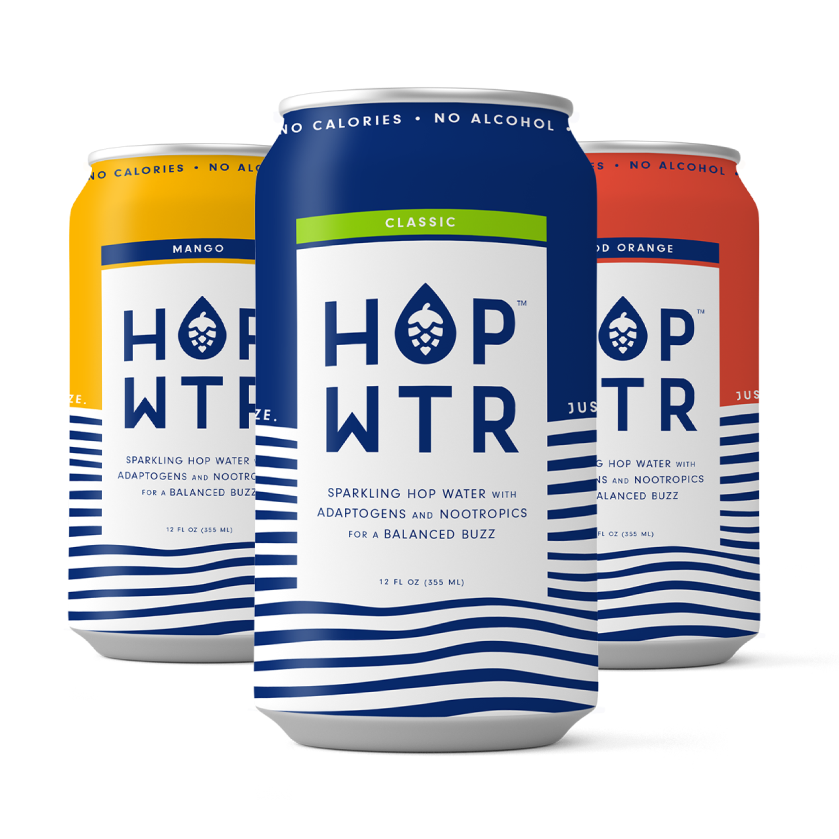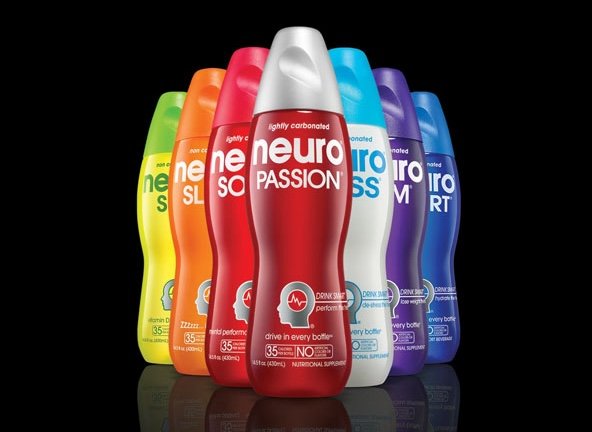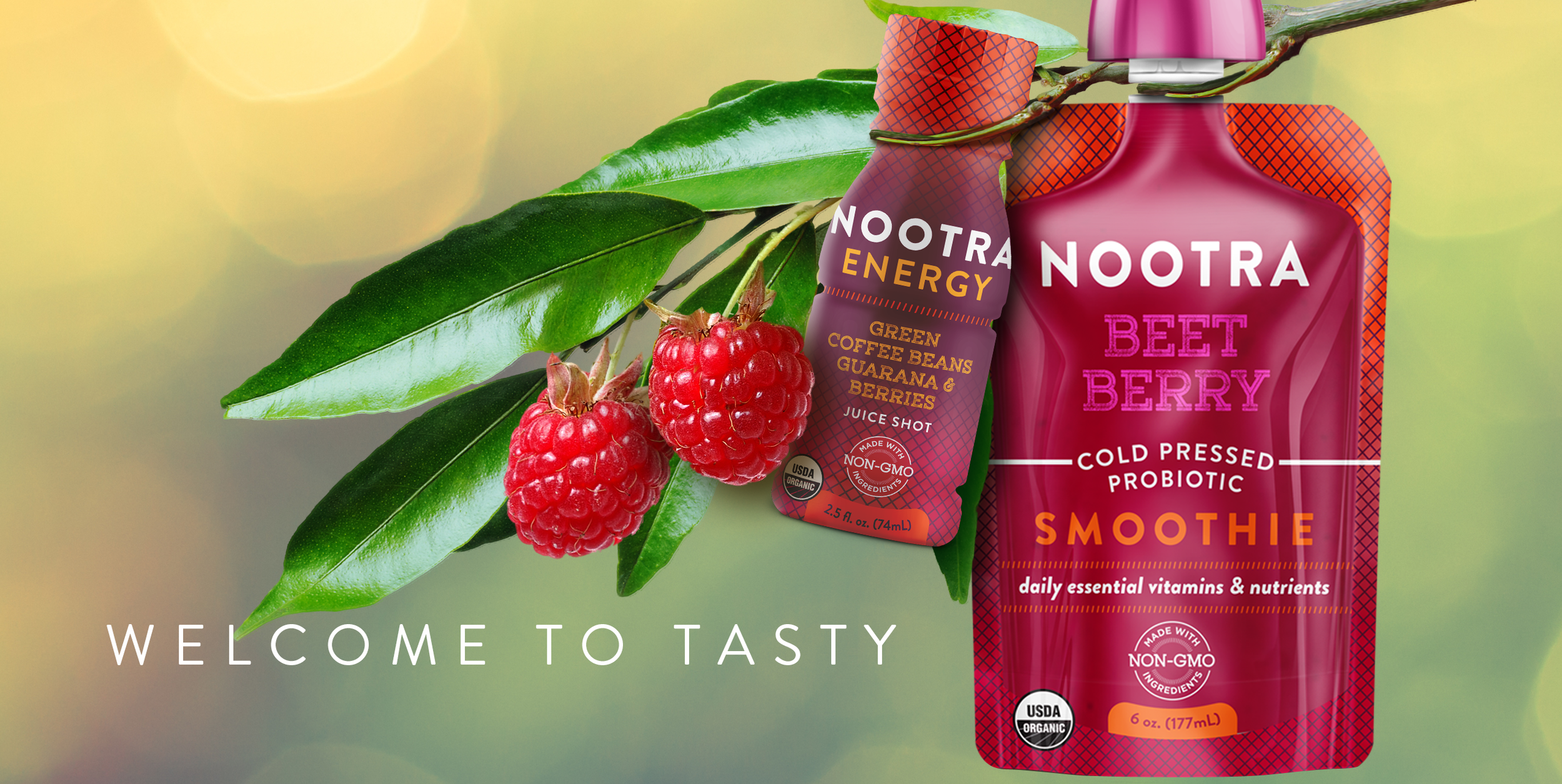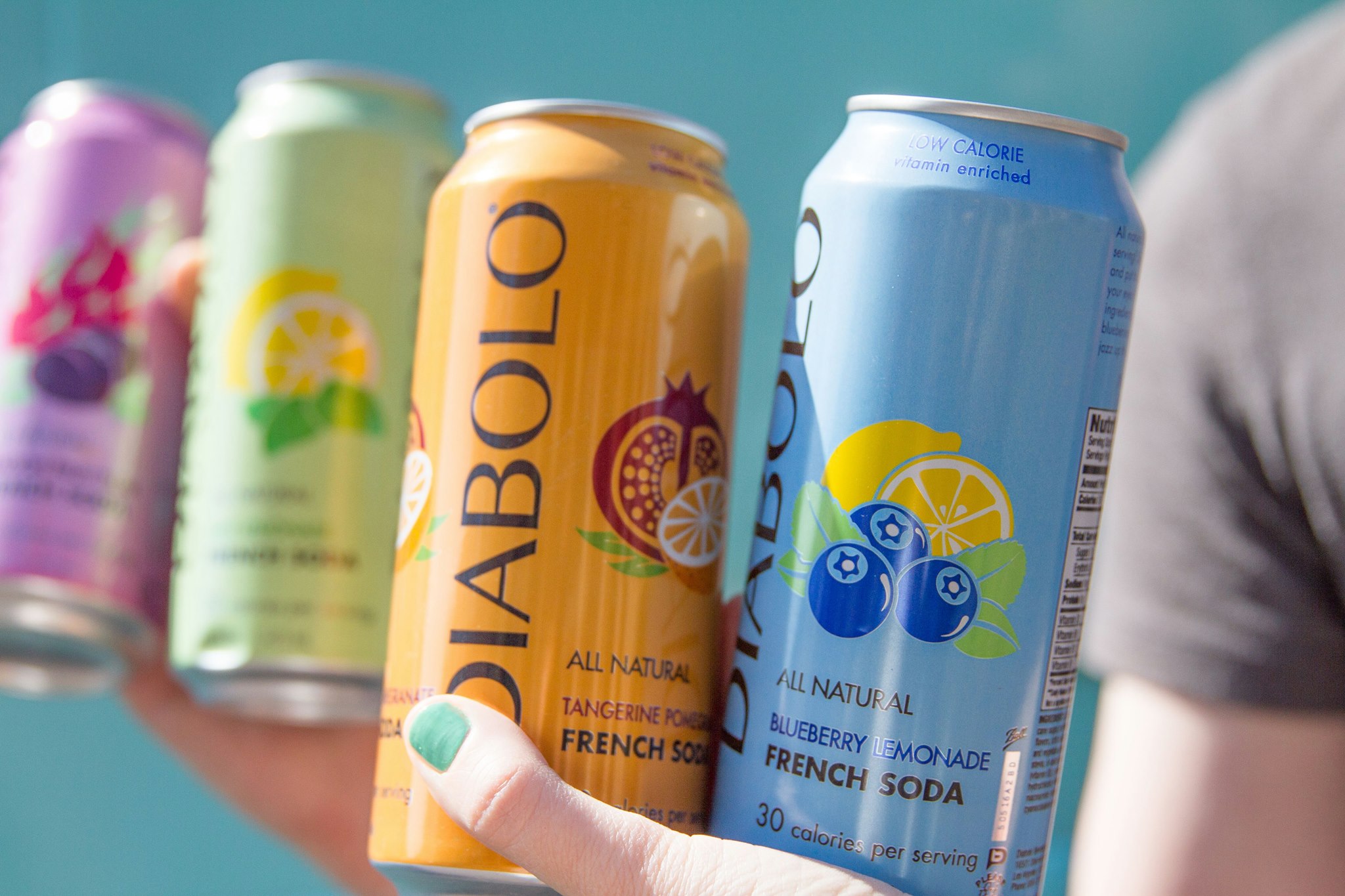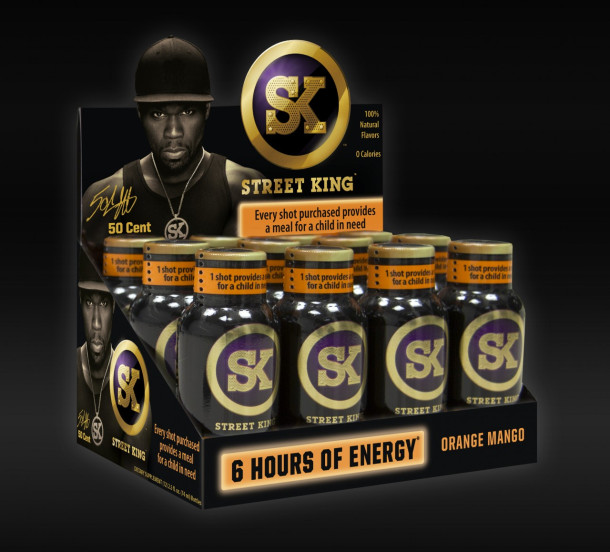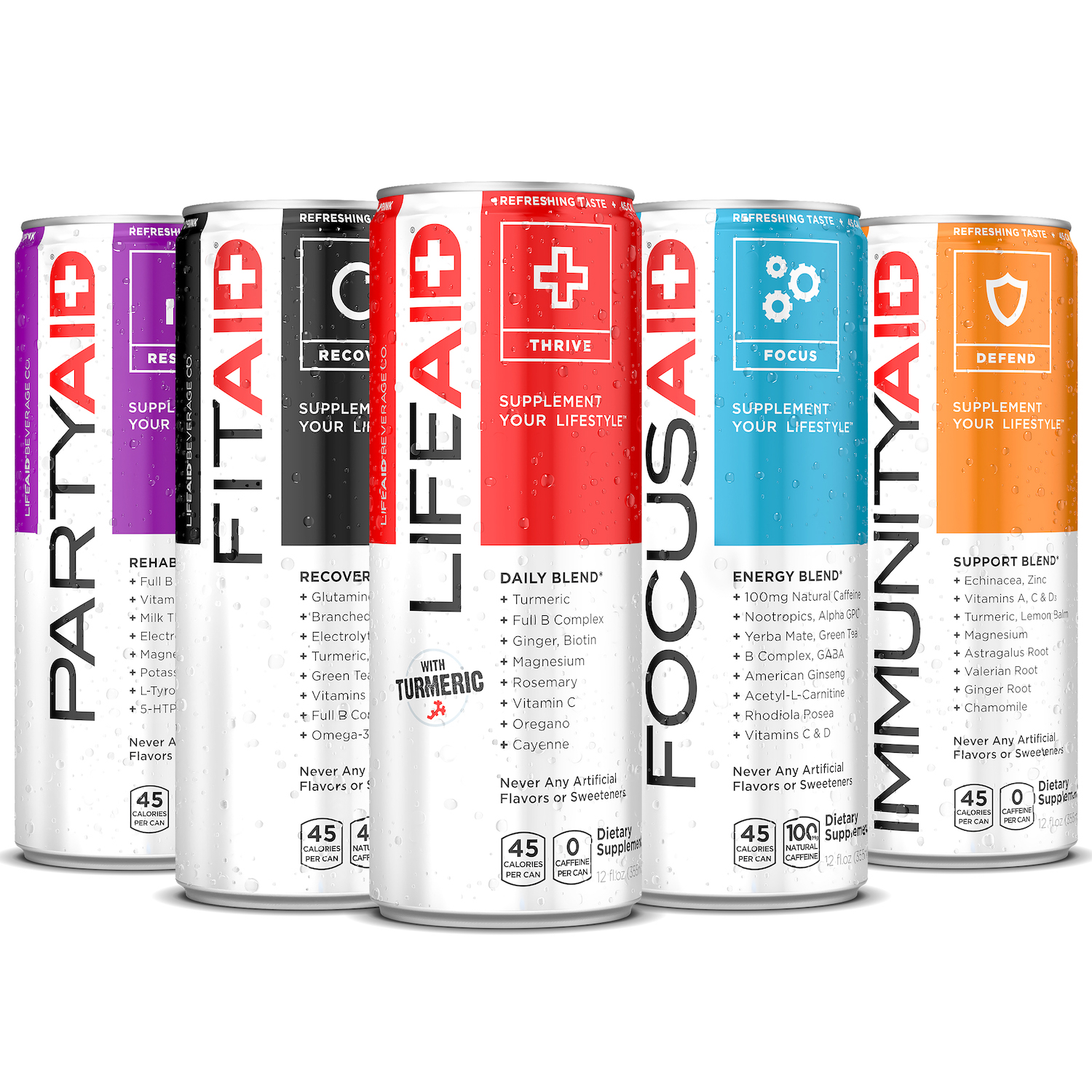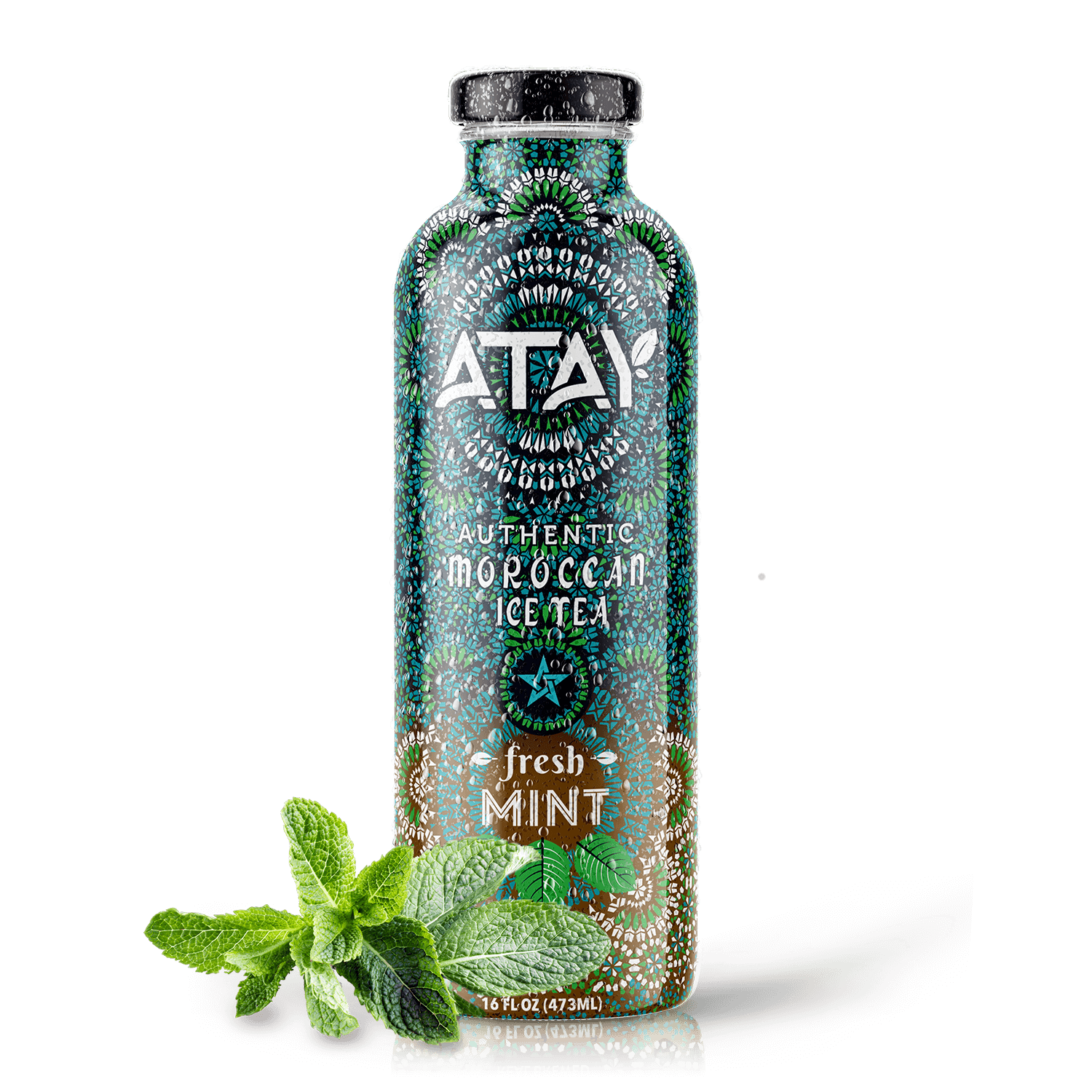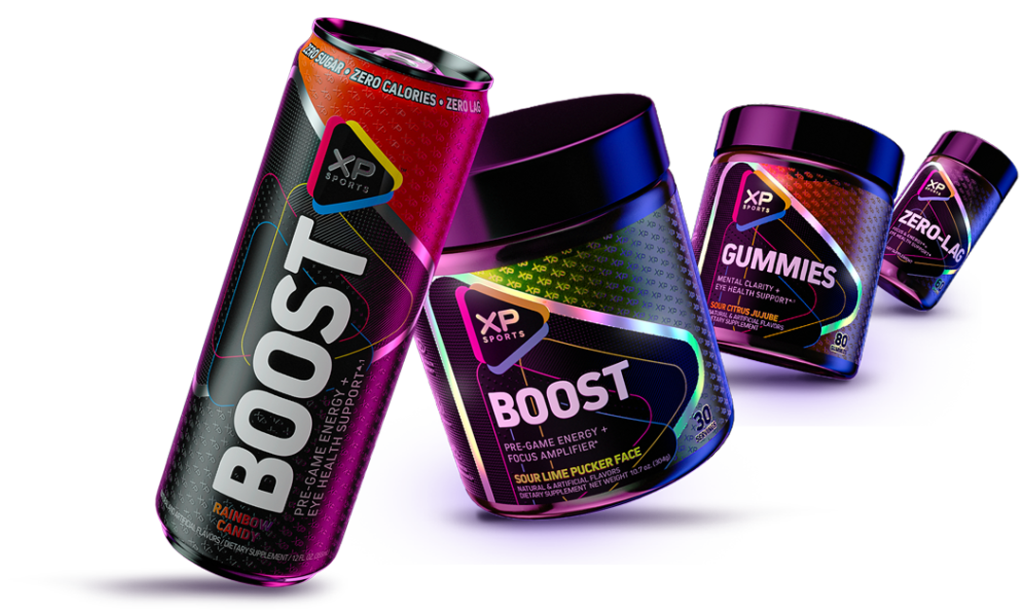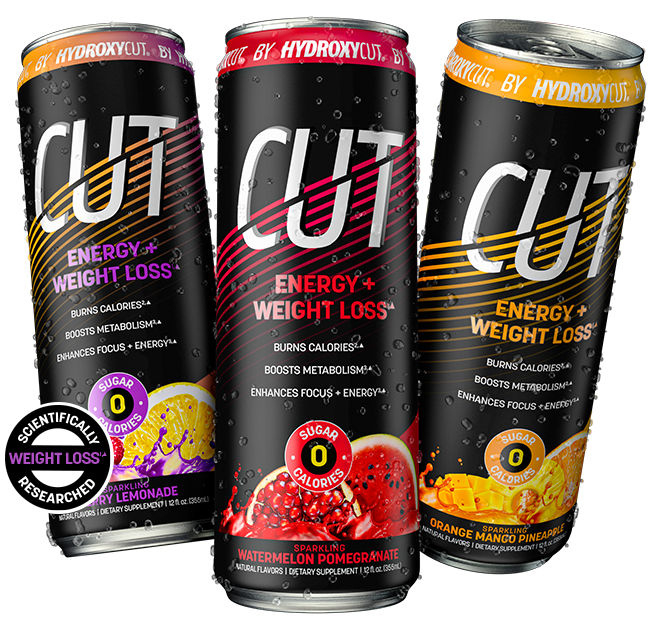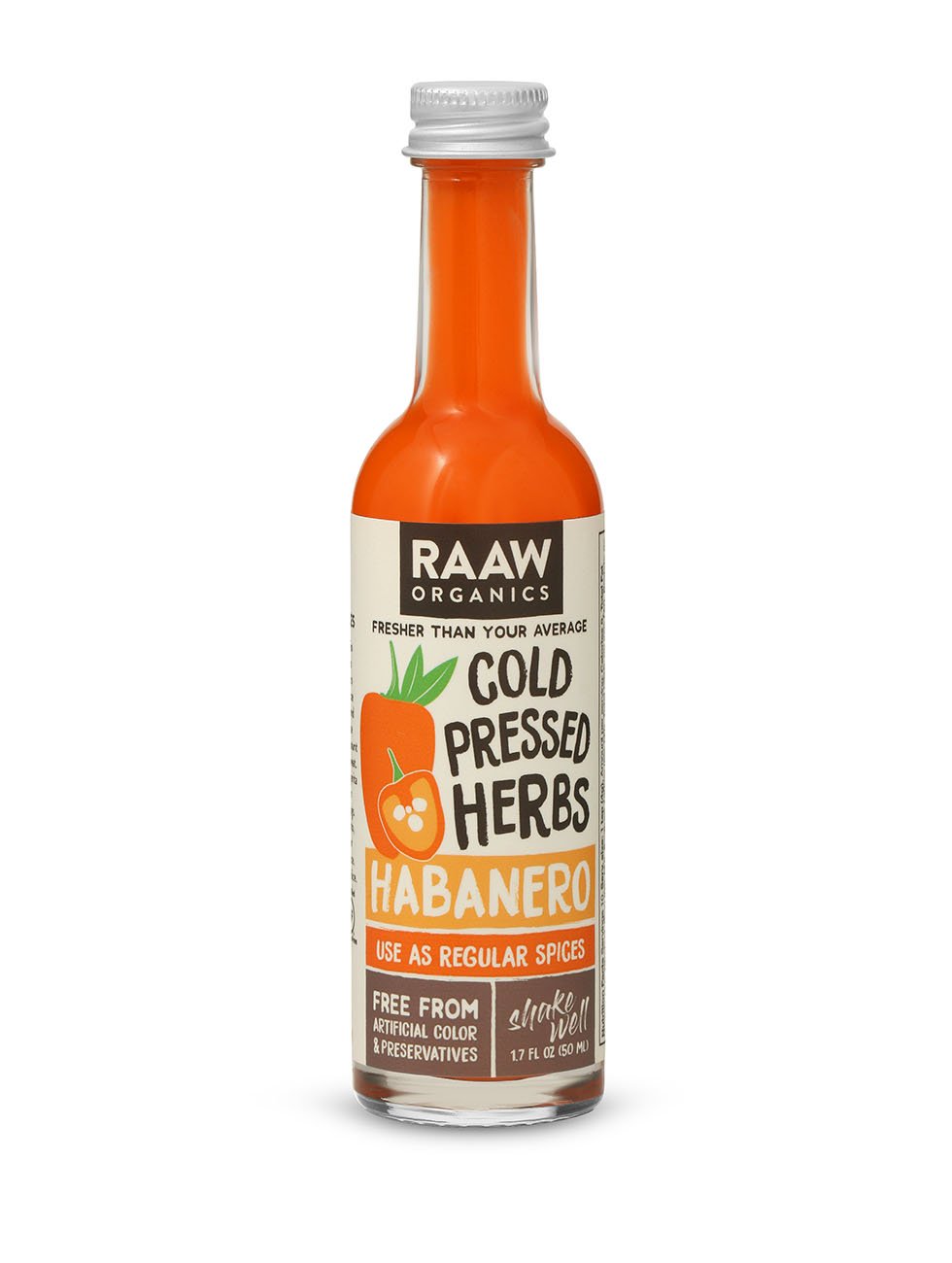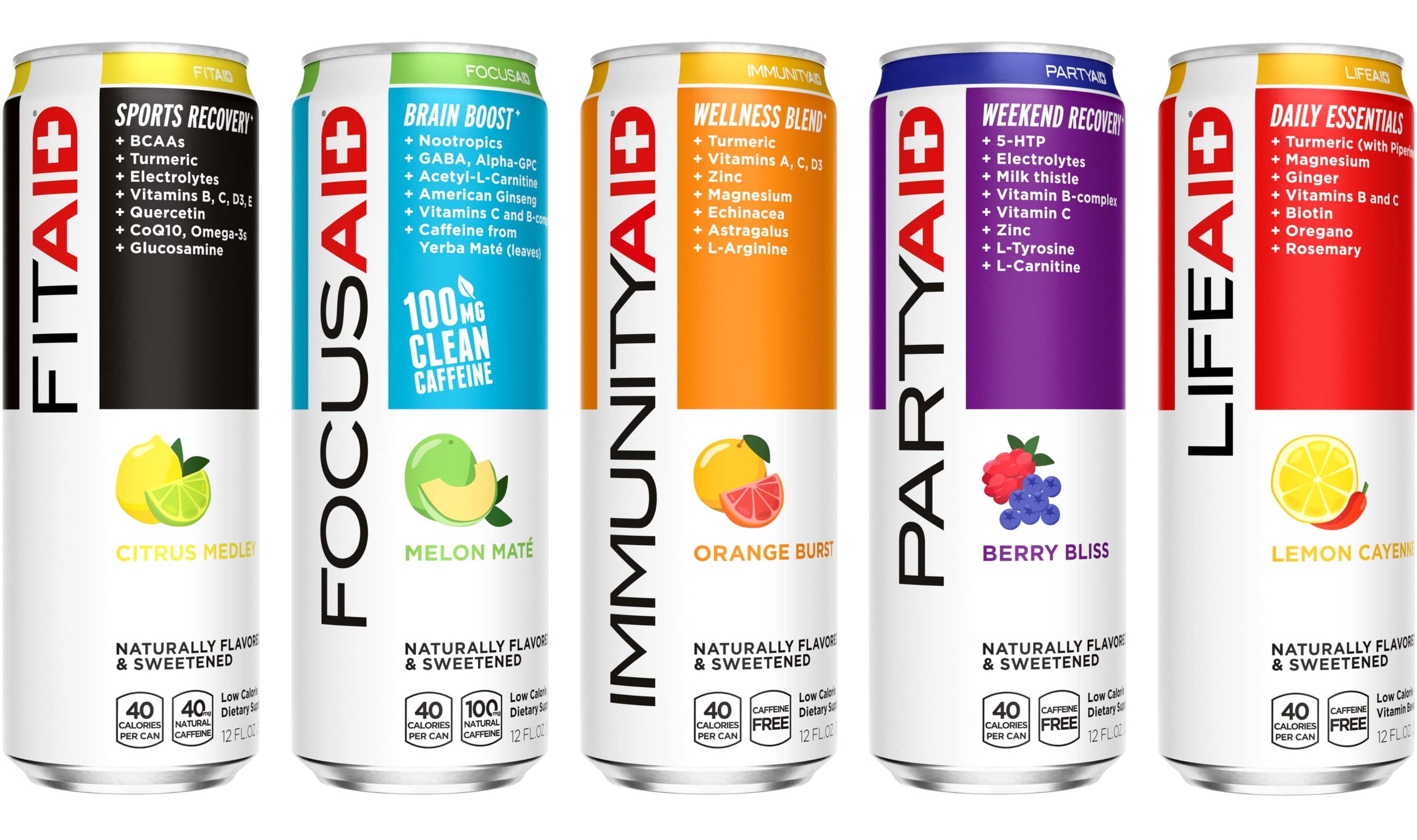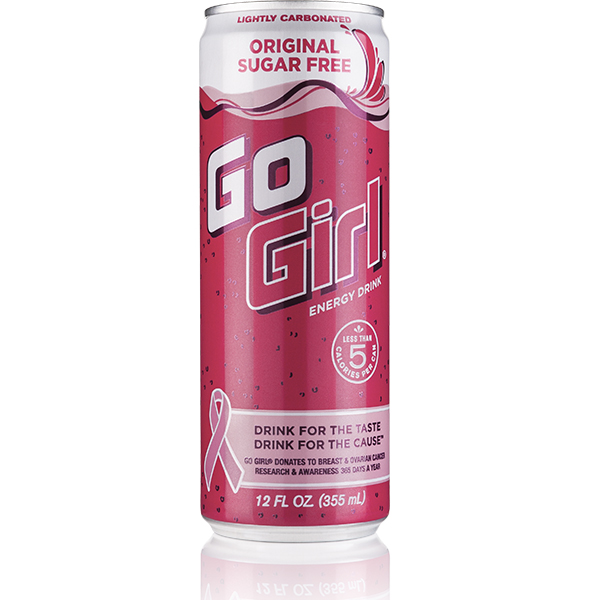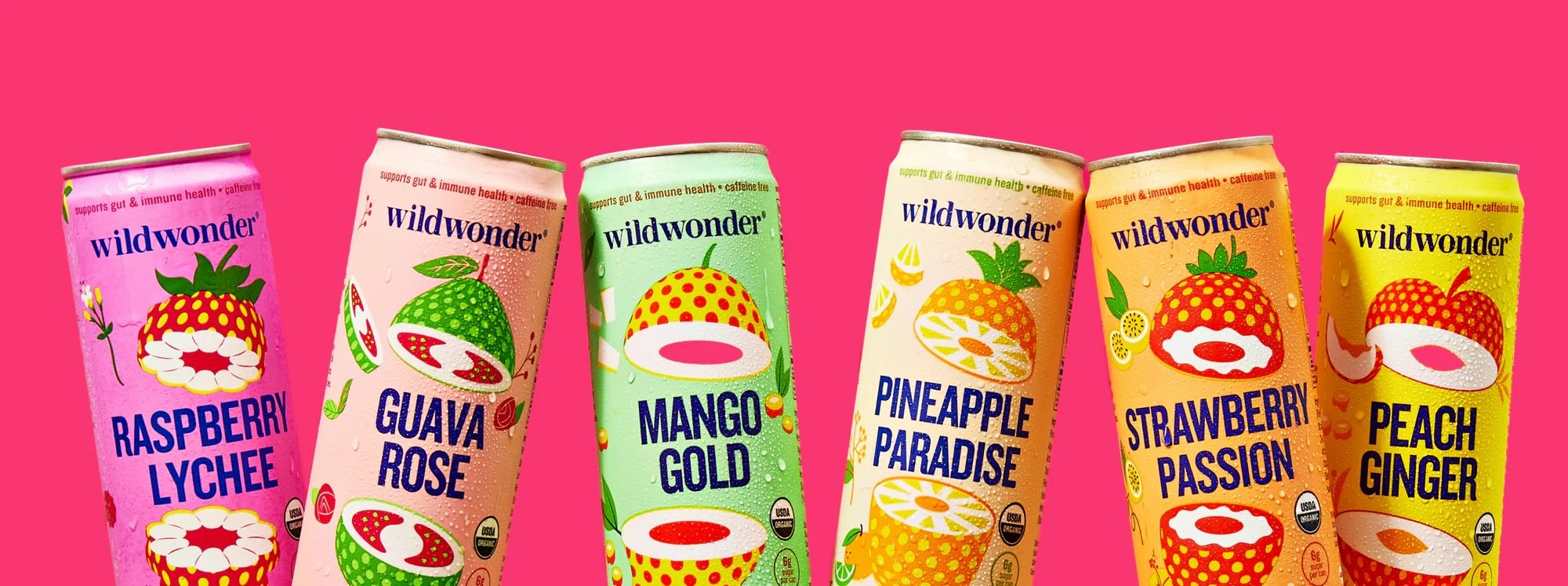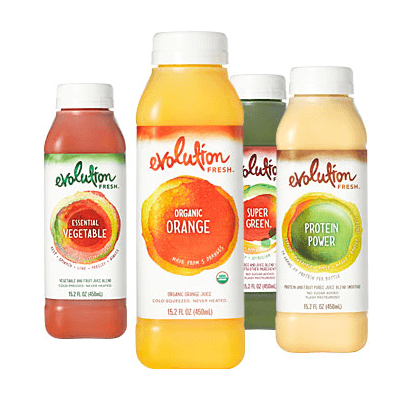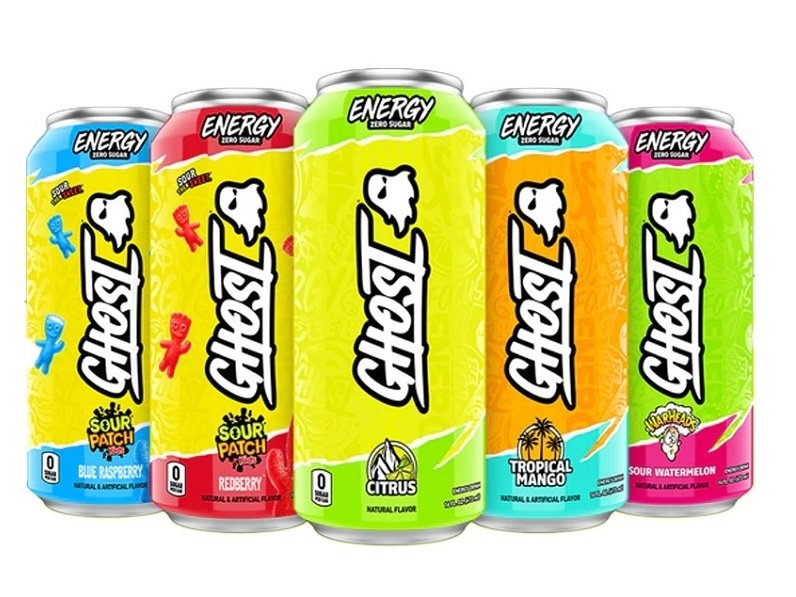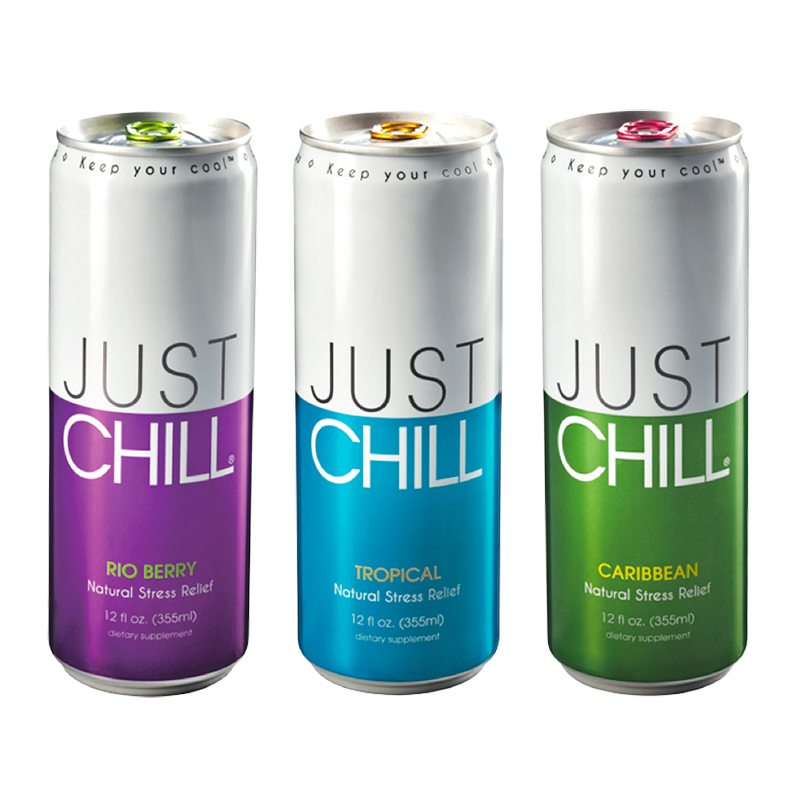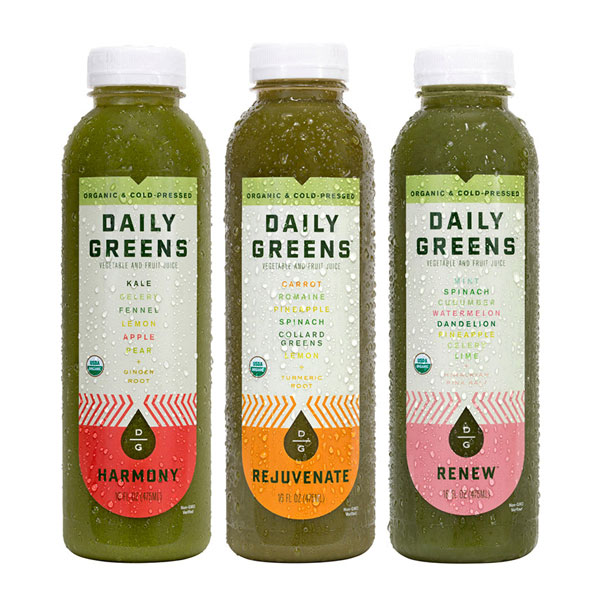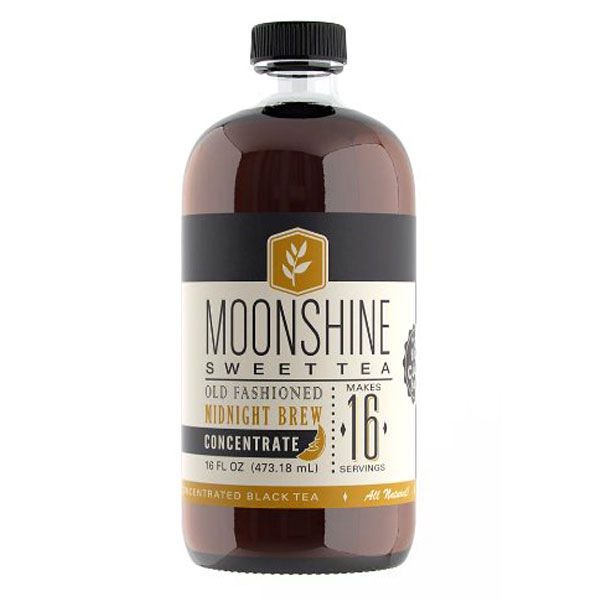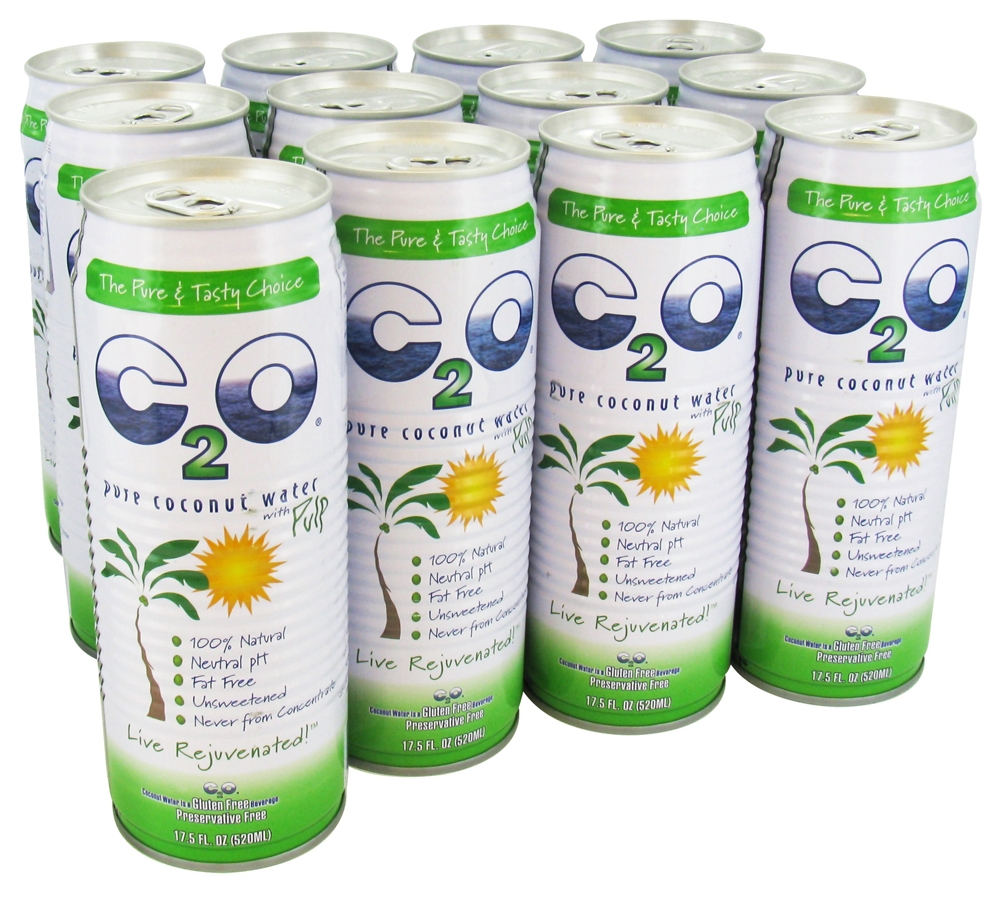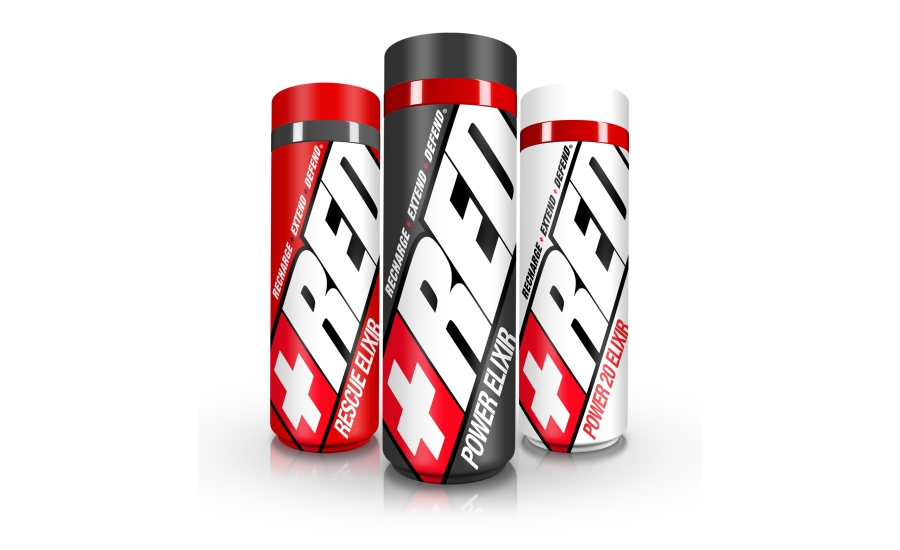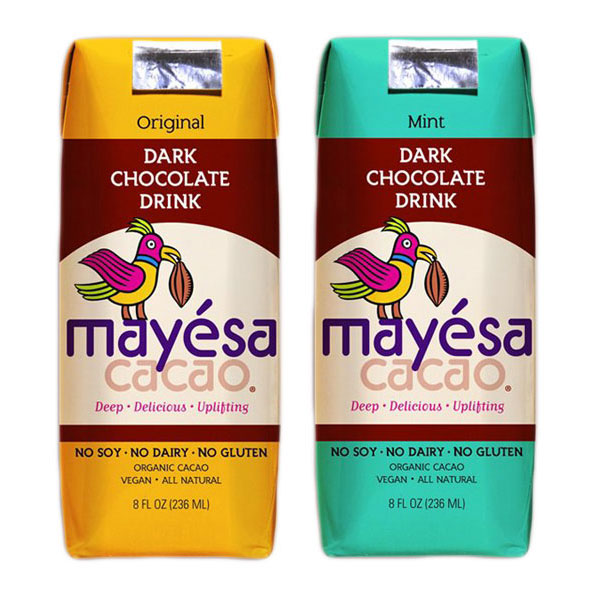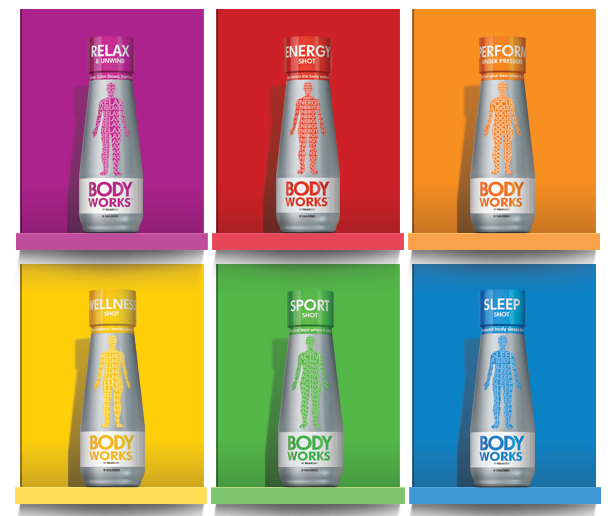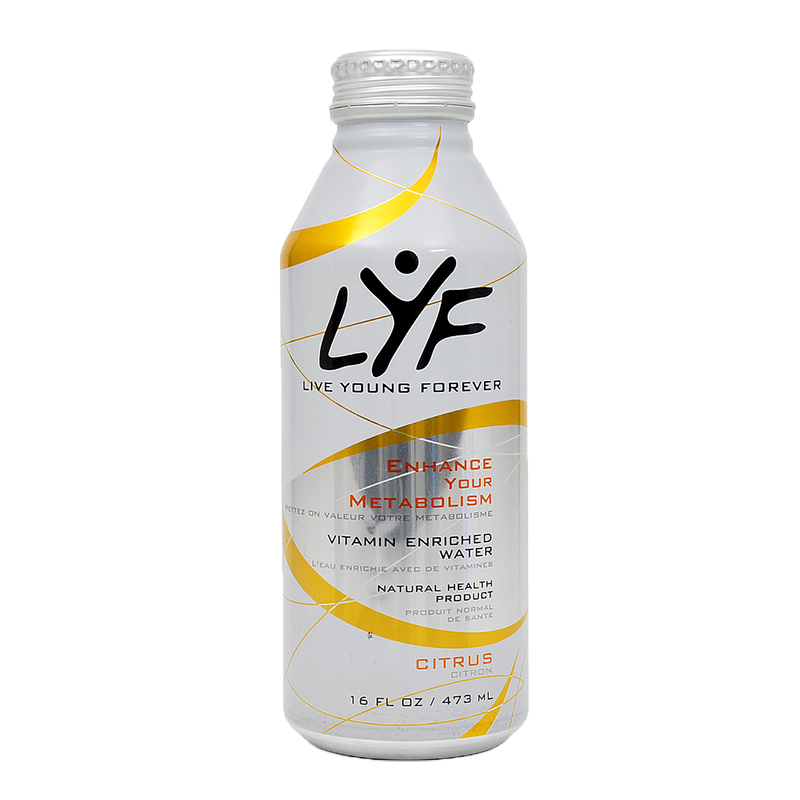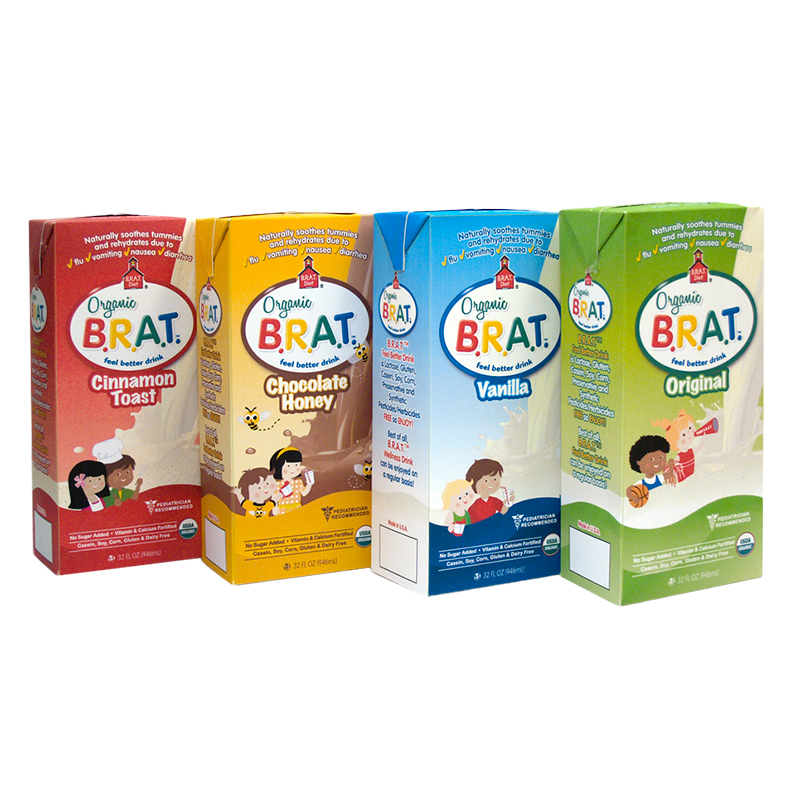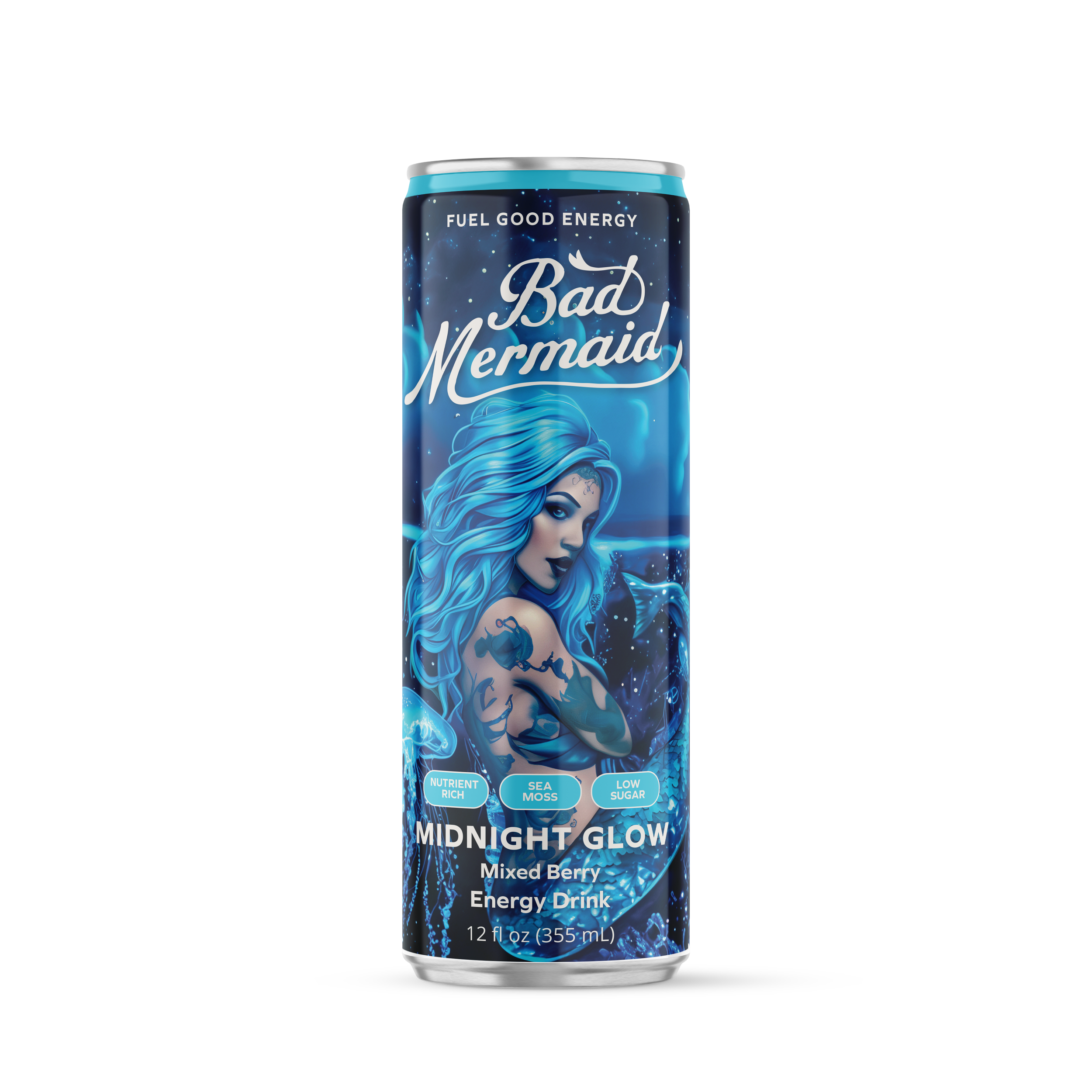ARE YOU THINKING ABOUT STARTING AN ENERGY DRINK BUSINESS?
We have been working in the energy drink space for decades and have developed and launched energy drink products all around the world. Talk to an energy drink expert today.
Request Free Information >
We will help you too develop, produce and launch your own energy drink brand!
We Have Been Trusted by Global Brands & Startups For Over 20 Years
CONTACT OUR ENERGY DRINK EXPERTS & GET STARTED WITH YOUR OWN ENERGY DRINK
Request Free Information >
THE ENERGY DRINK INDUSTRY HAS TRULY CHANGED THE BEVERAGE BUSINESS FOREVER . . .
About 40 years ago, Red Bull launched in Europe and quickly rose to become a multi-billion-dollar brand. Since then the energy drink market has become enormous and remains one of the most profitable segments in the beverage industry. Walk into any convenience store or supermarket today, and it's impossible to miss the explosion of choices. Beverage coolers are packed with energy drinks in every color, shape, and size. With all this momentum, there’s still massive potential for new, unique energy drinks that speak to the evolving tastes and preferences of billions of consumers. Contact us today to speak with an expert about your new brand. Request Free Information >
We have been helping companies from around the world to develop their own energy drinks for over 25 years. Our award winning energy drink experts will help you to create your energy drink formula & your packaging design. Selling your own energy drinks has never been easier.
Contact an energy drink experts now.
ENERGY DRINKS - A BRIEF HISTORY
For centuries, cultures around the world have sought out natural tonics and stimulants to help overcome fatigue and boost performance. Today’s energy drinks - manufactured by some of the world’s leading energy drink producers and energy drink manufacturers—are the modern heirs to those ancient practices. In this article, we explore the evolution from early medicinal brews to the global energy drink industry, and we highlight emerging opportunities for those who wish to start an energy drink company or introduce private label energy drinks into the market.
Ancient Beginnings and Early Innovations
Long before modern stimulants existed, various cultures developed beverages to enhance alertness and physical endurance. Historical evidence shows that ancient peoples brewed potent drinks from local herbs and plant extracts for ceremonial purification and preparation for battle. Although early accounts sometimes described strong bodily reactions, these descriptions underscore the remarkable potency of such brews without resorting to language that might deter modern readers.
The modern energy drink’s direct predecessors include products like Dr. Enuf—a vitamin‐rich “energy building” soft drink created in 1949 in the United States—and Lipovitan D, a herbal “energizing tonic” introduced in Japan in 1962. These early products laid the groundwork for future innovation by highlighting the benefits of caffeine, taurine, and B vitamins as key ingredients.
The Modern Transformation of Energy Drinks
The post–World War II era witnessed the development of new functional beverages that blended science with marketing. In the 1970s, Thailand introduced Krating Daeng—a non‑carbonated, caffeine‑ and taurine‑rich drink popular among laborers and truck drivers. Its unique formulation caught the attention of Austrian entrepreneur Dietrich Mateschitz during a business trip in 1982. Recognizing the drink’s potential for Western consumers, Mateschitz partnered with Thai businessman Chaleo Yoovidhya to modify and repackage the beverage. Launched in 1987 under the name Red Bull, the product’s distinctive slim can, premium pricing, and innovative marketing quickly transformed it into a global phenomenon.
The Rise of Iconic Brands
Red Bull’s success paved the way for a new wave of energy drink companies. In the United States, Hansen Natural Company introduced its own energy drink in 1997. Originally founded in 1935 as a juice producer, Hansen eventually rebranded its energy beverage as Monster Energy. With aggressive marketing, bold packaging, and strategic distribution partnerships—including a notable stake acquired by The Coca‑Cola Company—Monster became one of the largest names in the market. Today, Monster Beverage Corporation is recognized as a major force among energy drink manufacturers, holding a substantial market share alongside Red Bull.
Other notable brands have emerged as well. Companies such as Celsius, Jolt Cola (now returning with modern formulations), and various niche labels have expanded the landscape by targeting health‑conscious consumers and different demographic segments. This growth is driven by evolving consumer preferences and a worldwide market that is projected to grow at a compound annual rate of over 7%—with estimates from sources like Investopedia suggesting global energy drink sales will continue to rise into the tens of billions.
Market Expansion and Innovation
Today’s energy drinks are more than just high‑caffeine beverages—they are platforms for innovation. Leading energy drink producers continually experiment with new ingredients (such as natural caffeine sources, adaptogens, and nootropic compounds) to enhance both physical performance and mental clarity. Moreover, many established energy drink manufacturers are expanding their product lines to include private label energy drinks that cater to regional tastes or specialized markets. This trend enables retailers and smaller beverage companies to offer branded energy drinks without investing heavily in product development, lowering the barrier for those who want to start an energy drink company.
The competitive nature of the industry means that brands must not only focus on their core ingredients but also on unique branding and targeted marketing. From sponsoring extreme sports events to creating viral advertising campaigns, the industry’s leaders have mastered the art of storytelling and consumer engagement.
Opportunities for Aspiring Entrepreneurs
With the energy drink market expanding and diversifying, now is an excellent time to explore entrepreneurial ventures in the sector. Whether you aim to develop a signature formula or partner with established energy drink manufacturers to offer private label energy drinks, the current landscape presents abundant opportunities. Many entrepreneurs are finding that focusing on niche markets—such as organic or natural energy drinks—can set their brand apart from global giants like Red Bull and Monster.
For those looking to start an energy drink company, the modern market offers advanced research, innovative production techniques, and flexible distribution models that reduce startup costs. Aspiring beverage entrepreneurs can also benefit from insights into consumer behavior, such as the growing demand for healthful ingredients and transparency in product labeling.
Conclusion
The story of energy drinks is one of continual evolution—from ancient herbal tonics to today’s scientifically formulated beverages. Major energy drink producers like Red Bull and Monster have set high standards for innovation and marketing, while emerging brands are expanding the category through unique formulations and strategic partnerships. As the global market continues to grow, both established companies and new entrants have the opportunity to leave their mark. Whether you are an established energy drink manufacturer or looking to start an energy drink company with your own private label energy drinks, the future is ripe for innovation and expansion in this dynamic industry.
Start Your Own Energy Drink Brand?
A QUICK GUIDE TO STARTING AN ENERGY DRINK COMPANY
Helps you navigate the process of launching an energy drink - from planning and formulation to production & marketing
1. Develop a Solid Business Plan
Every successful venture starts with a well-thought-out business plan. Outline your business model, target market, pricing strategy, and unique selling proposition. When you decide to start an energy drink company, consider:
Market Research: Identify trends among energy drink consumers. Study your competitors, both established brands and emerging private label energy drinks.
Financial Planning: Determine your startup budget, potential costs (ingredient sourcing, production, packaging, marketing), and break-even point.
Brand Vision: Develop your brand’s mission, vision, and values. A strong brand identity will help you stand out among energy drink producers.
2. Formulation and Product Development
The heart of your energy drink is its formula. Consider whether you want to develop a unique blend or work with established energy drink manufacturers who offer white-label solutions.
Research Ingredients: Common ingredients include caffeine, taurine, vitamins, herbal extracts, and natural sweeteners. You can work with energy drink manufacturers to experiment with flavors that meet consumer demands.
Regulatory Compliance: Ensure your formulation complies with food safety and labeling regulations. Collaborate with experts to verify health claims and nutritional content.
Private Label Energy Drinks: If creating your formula from scratch seems daunting, many energy drink producers offer private label energy drinks. This option lets you select from pre-formulated options while customizing branding and packaging.
3. Production and Sourcing
Finding the right manufacturing partner is crucial for your venture. Energy drink manufacturers play an integral role in ensuring quality and consistency.
Choosing a Manufacturer: Look for energy drink manufacturers with experience in beverage production, quality control certifications, and flexible production capacities. Ask for samples and client references.
Packaging Options: Decide on packaging that appeals to your target audience. Whether you choose cans, bottles, or eco-friendly alternatives, ensure your packaging reflects your brand’s identity.
Logistics: Consider production timelines, minimum order quantities, and shipping arrangements. Efficient supply chain management helps keep costs under control while meeting market demand.
4. Branding and Marketing
Creating a compelling brand image is essential to differentiate your product in a competitive market.
Brand Identity: Develop a memorable logo, vibrant color scheme, and consistent messaging. Your brand should resonate with the lifestyle and values of your target demographic.
Digital Marketing: Leverage social media, influencer collaborations, and content marketing to reach your audience. Optimize your online presence using key phrases like “start an energy drink company” to boost search engine visibility.
Retail and Distribution: Plan how you will distribute your product. Consider online direct-to-consumer sales, local retailers, gyms, convenience stores, and partnerships with larger distributors.
5. Launch and Scale
Once your product is ready, it’s time to introduce your energy drink to the market.
Launch Strategy: Organize a launch event or an online campaign to generate buzz. Use special promotions or limited-edition flavors to capture early interest.
Customer Feedback: Monitor reviews, social media mentions, and sales data. Feedback from early adopters will guide adjustments in flavor, packaging, or marketing strategies.
Scaling Up: As demand grows, scale your operations by working with additional energy drink producers or expanding production capacities with your existing energy drink manufacturers. This gradual scaling will help manage risk and maintain quality.
6. Legal Considerations and Compliance
Before you launch your product, make sure you cover the legal bases.
Business Licensing: Register your business and obtain necessary permits or licenses.
Intellectual Property: Protect your brand name and logo through trademarks. Intellectual property rights are key when you plan to start an energy drink company.
Food and Beverage Regulations: Comply with local, state, and federal regulations. This includes FDA guidelines (or relevant authority in your region), nutritional labeling, and claims about health benefits.
7. Final Thoughts
Starting an energy drink company is an exciting and challenging venture. By developing a strong business plan, partnering with reputable energy drink manufacturers, and leveraging private label energy drinks when necessary, you can create a product that stands out in the crowded market. Stay adaptable, keep up with industry trends, and listen to your customers. With determination and strategic planning, you’ll be well on your way to joining the ranks of successful energy drink producers.
This guide provides a streamlined approach that is both practical and optimized for the key phrases vital for online visibility. Whether you are a budding entrepreneur or an established business looking to diversify your portfolio, following these steps will set you on the right path to successfully launch your energy drink venture.



